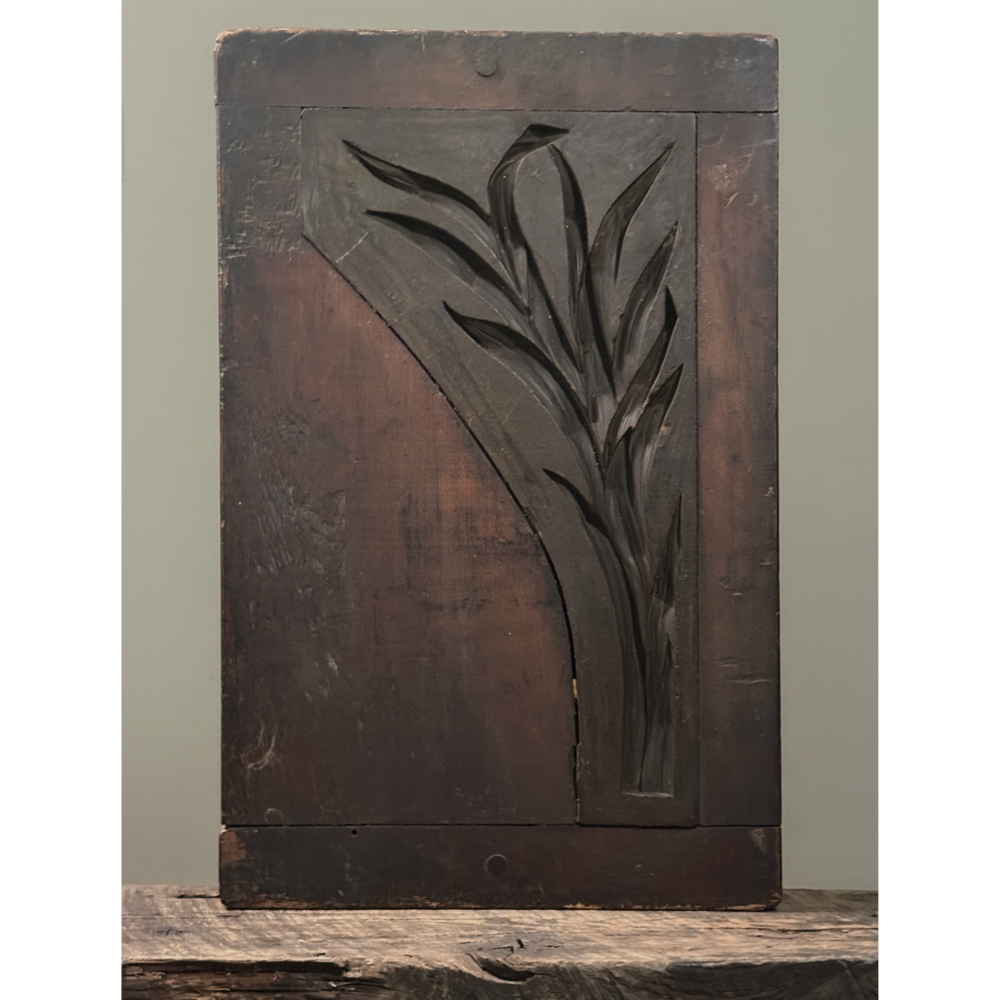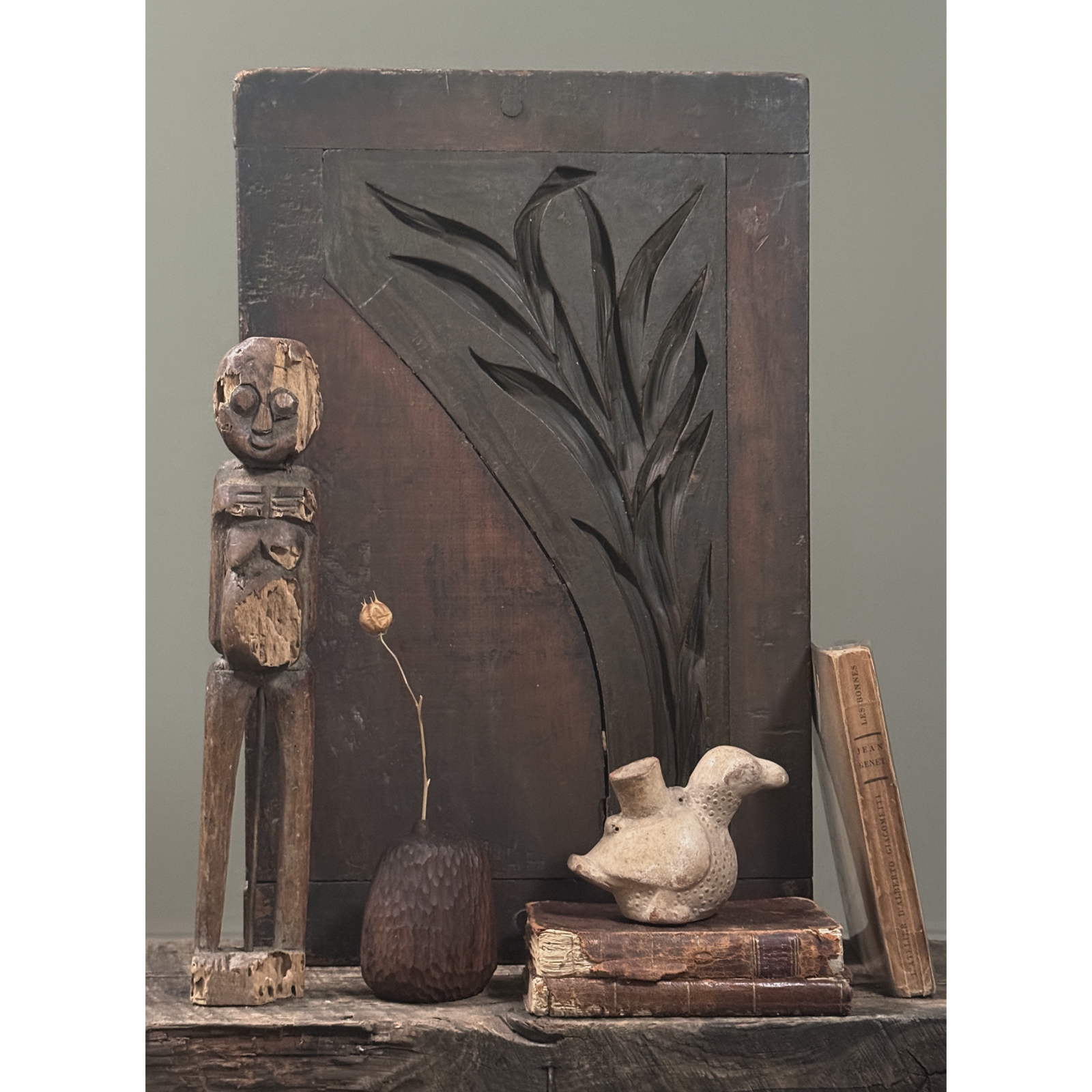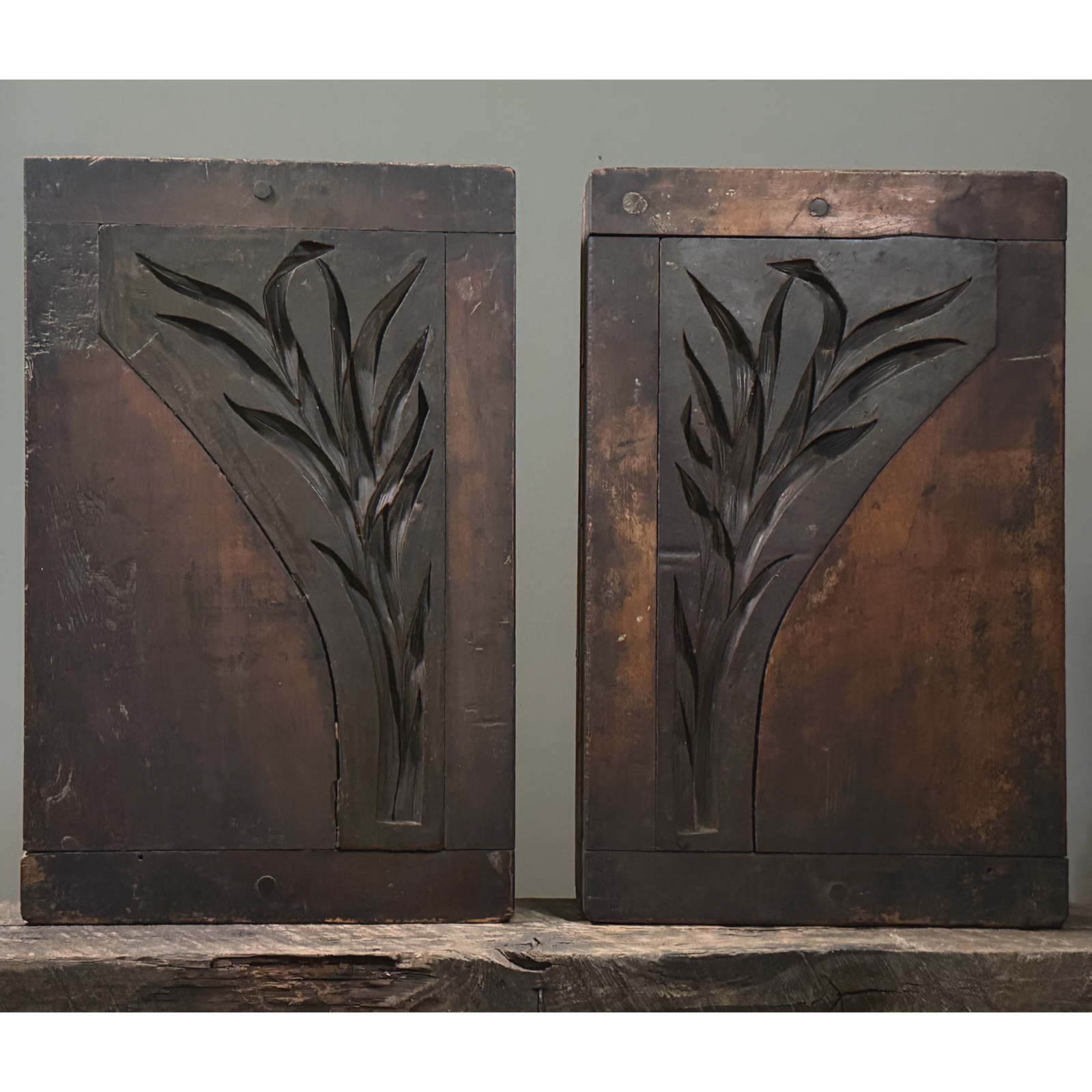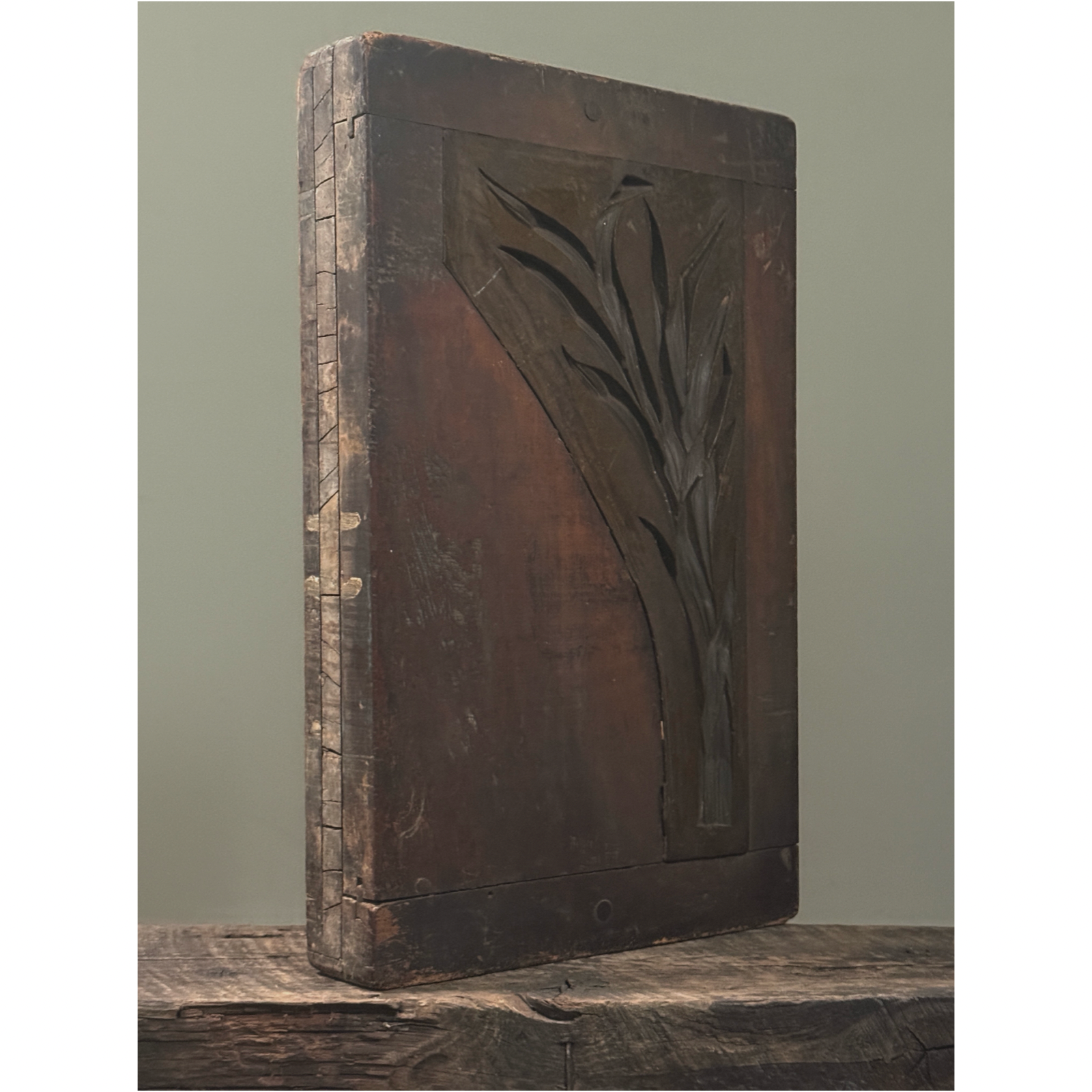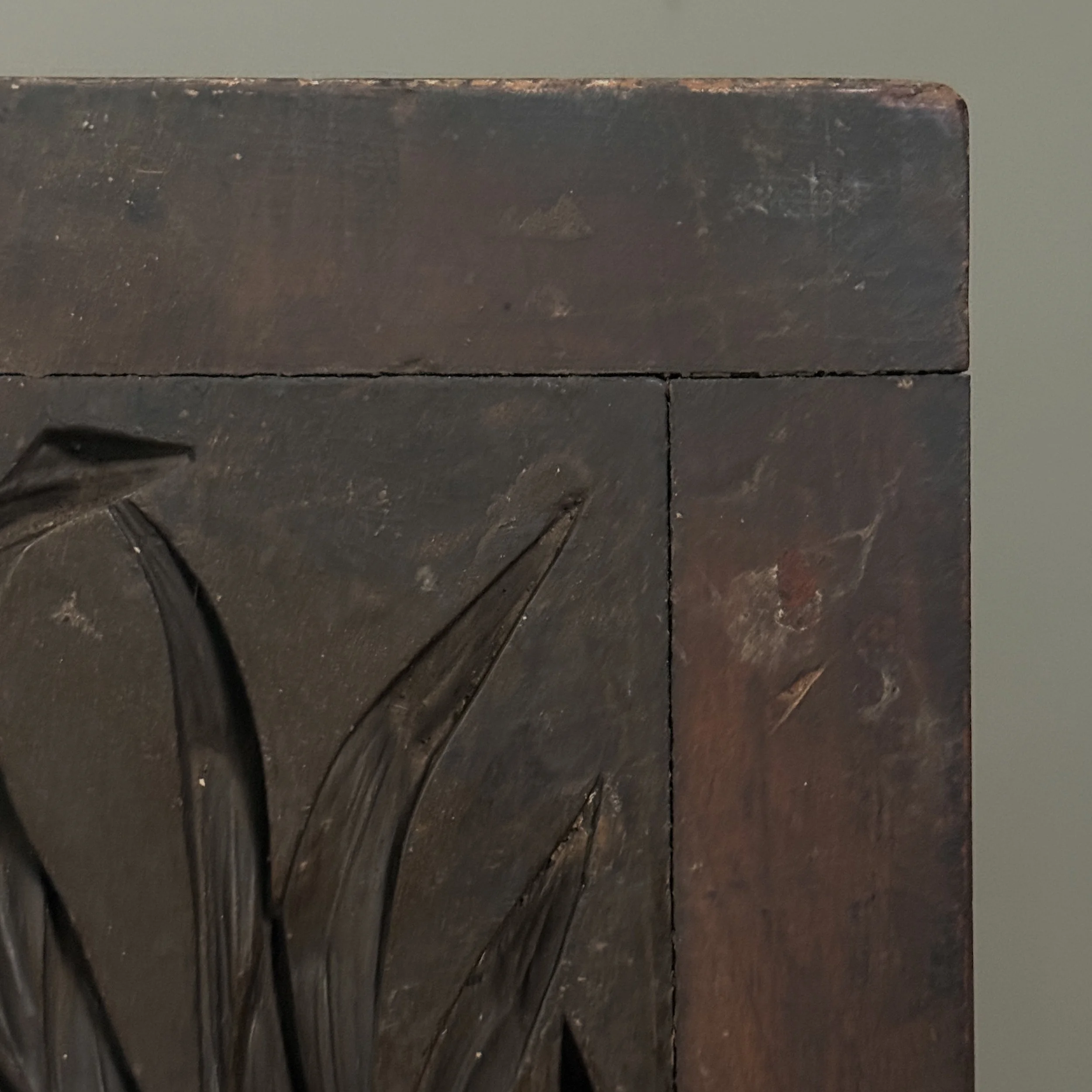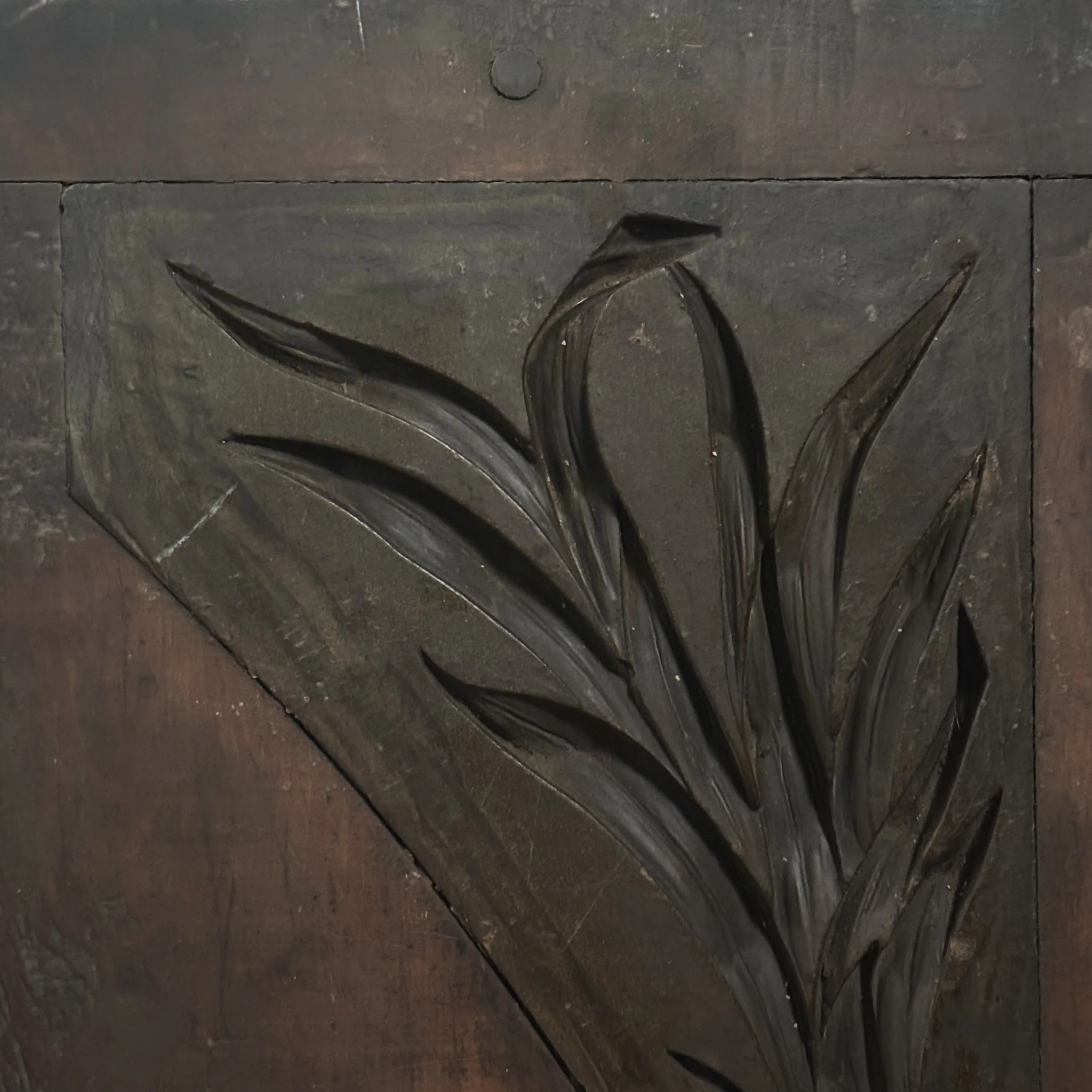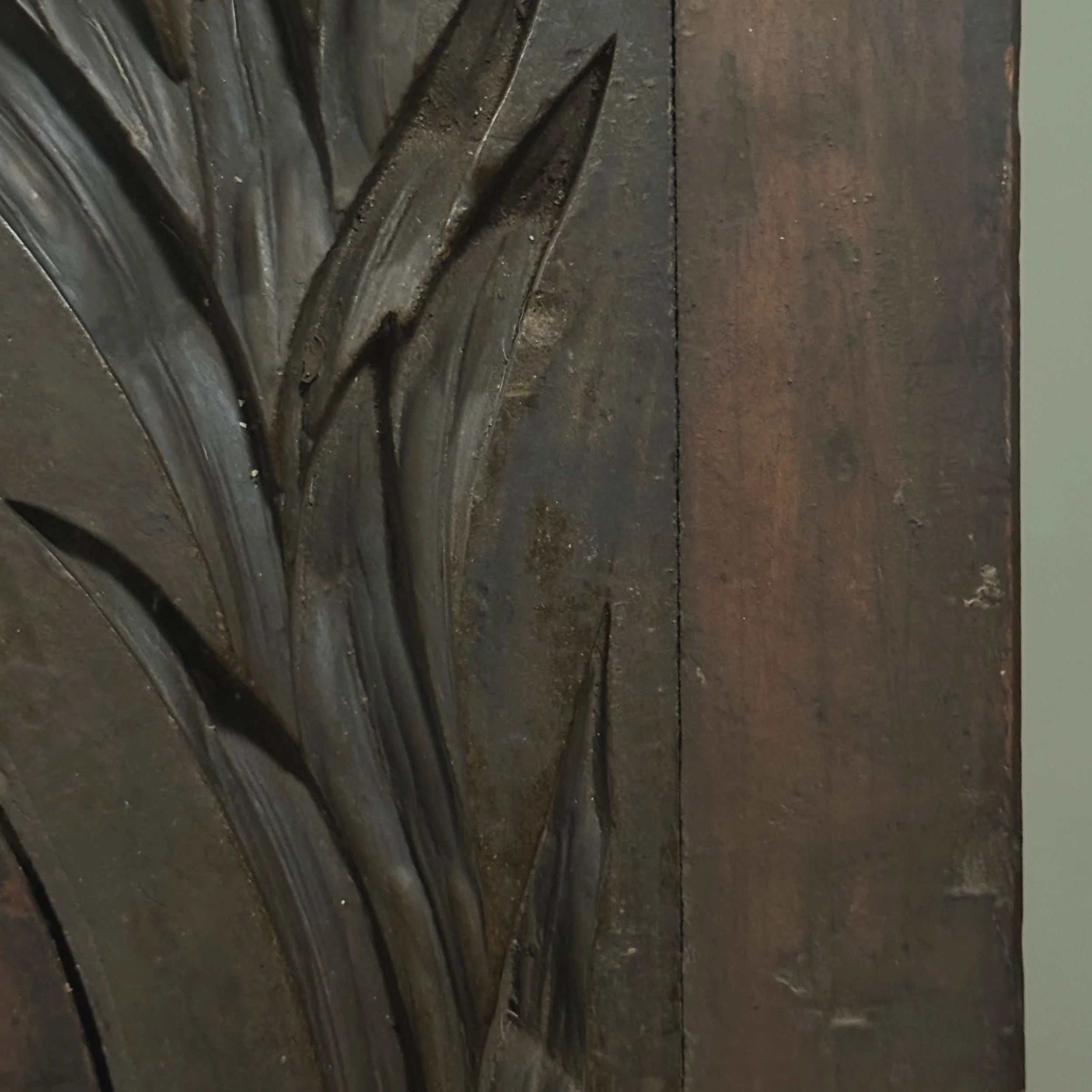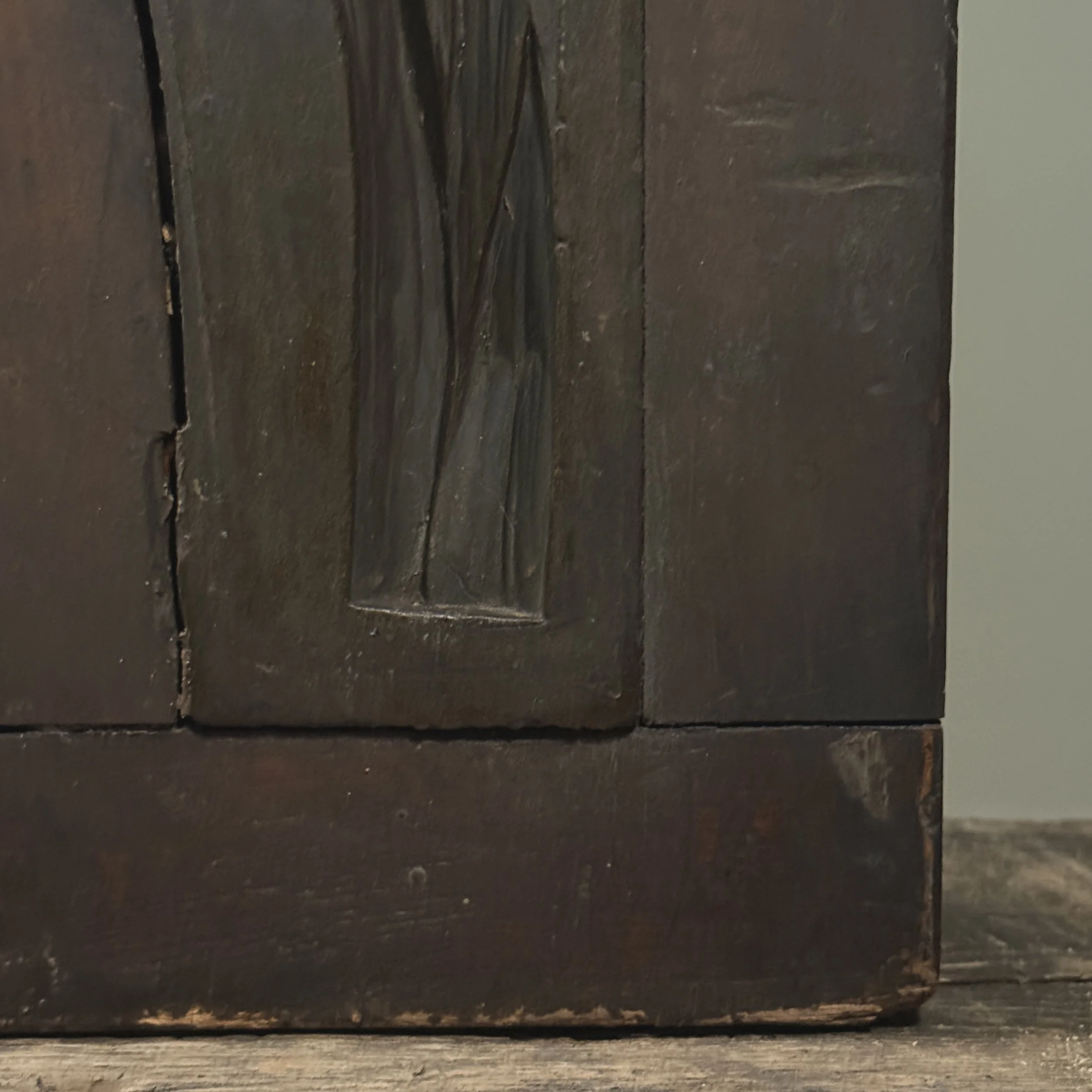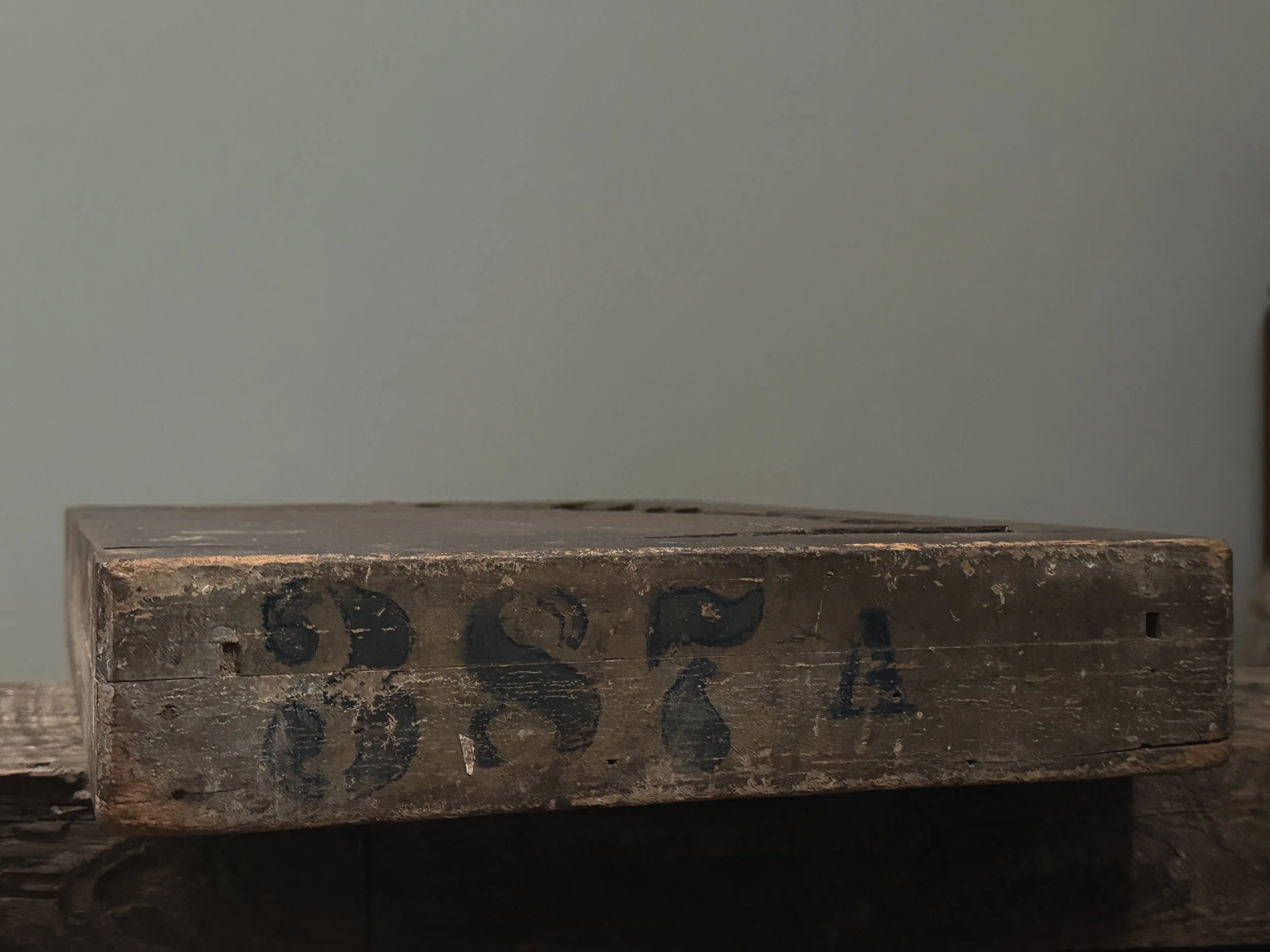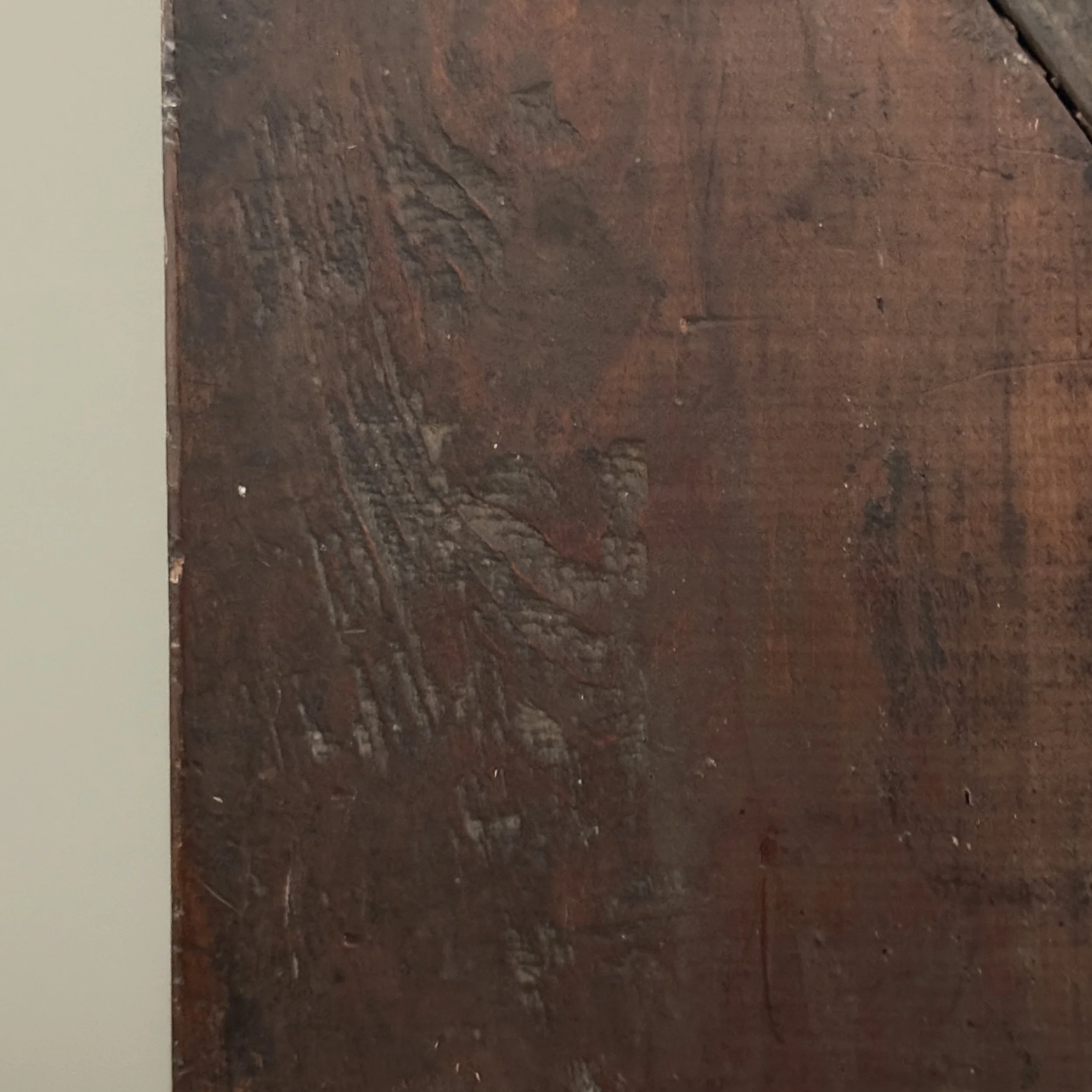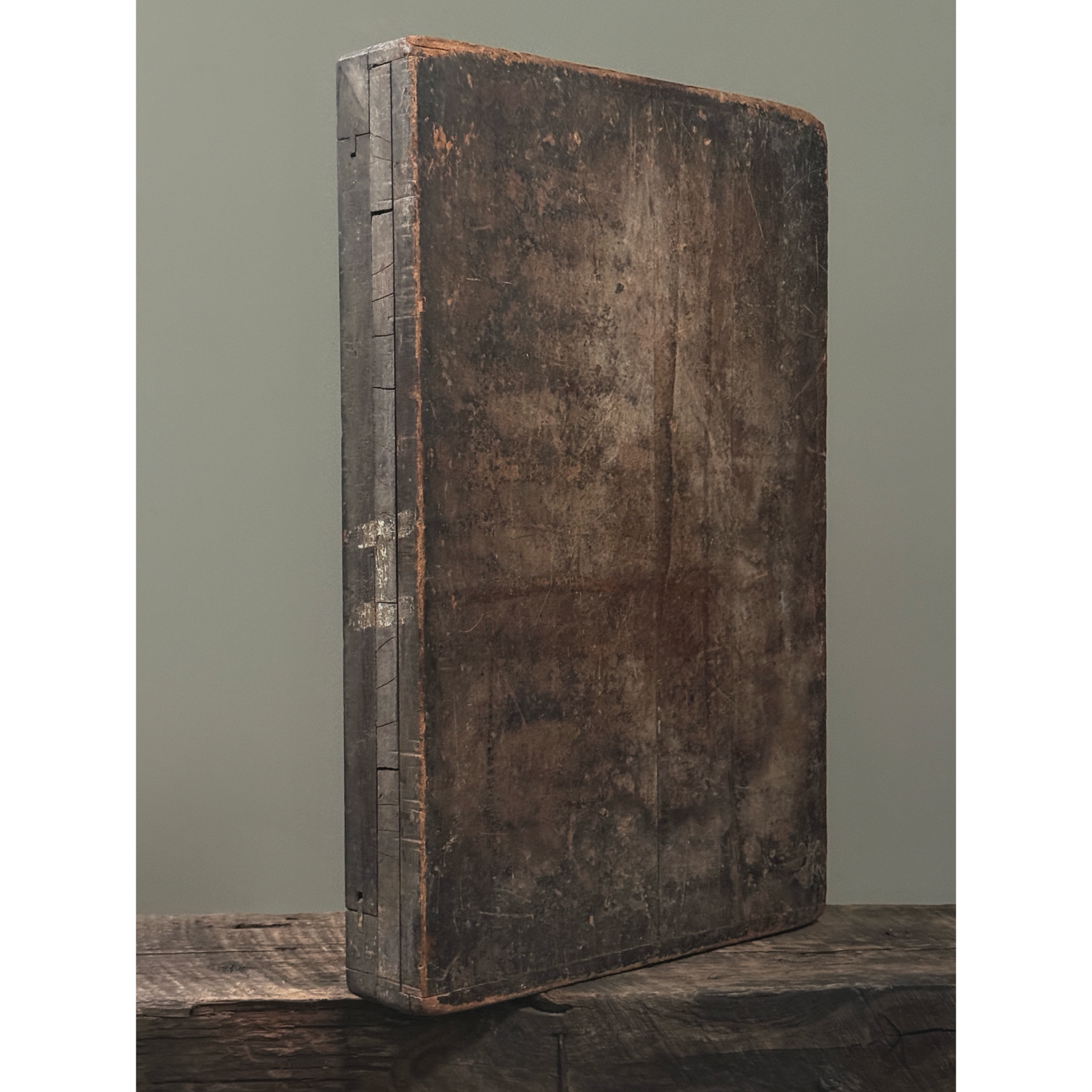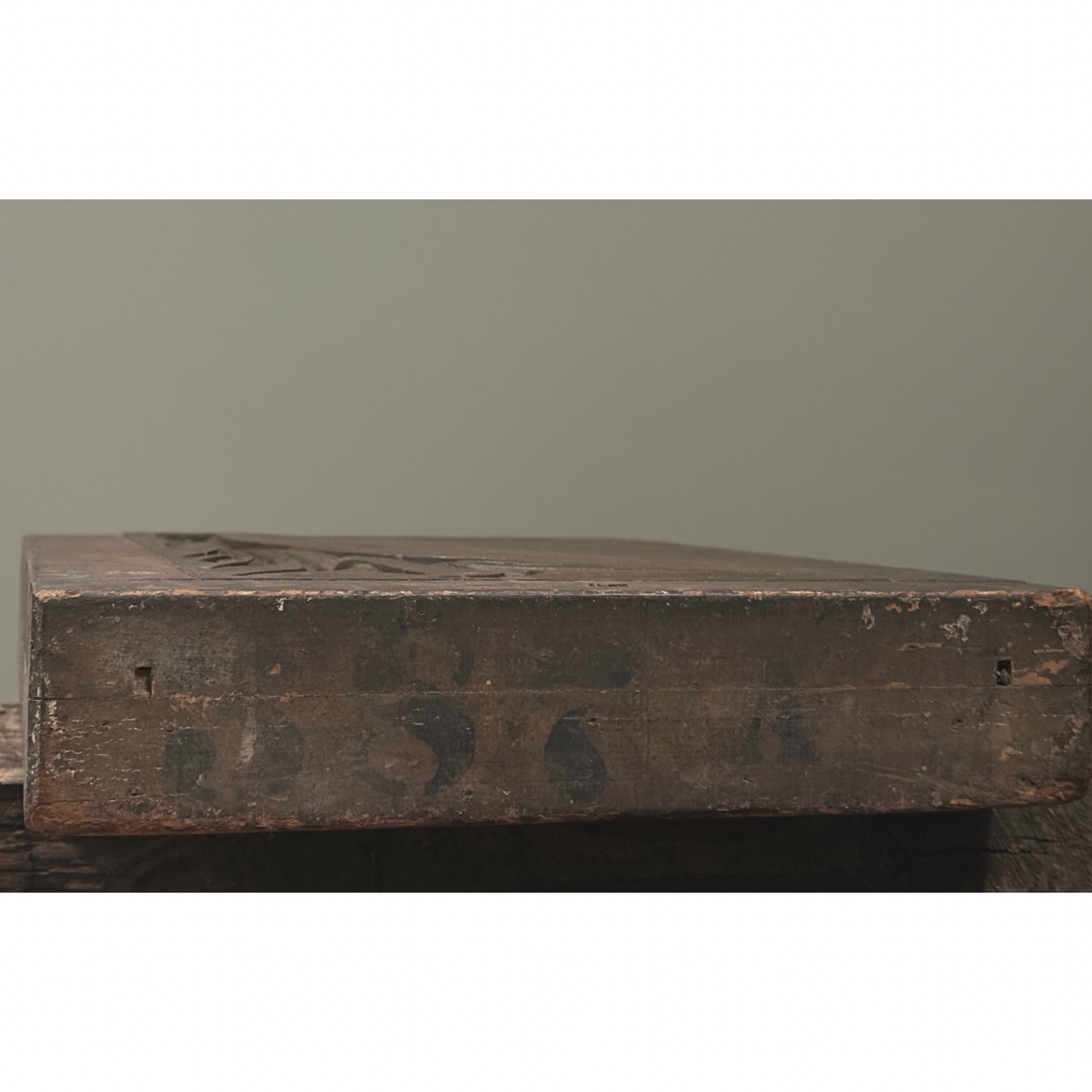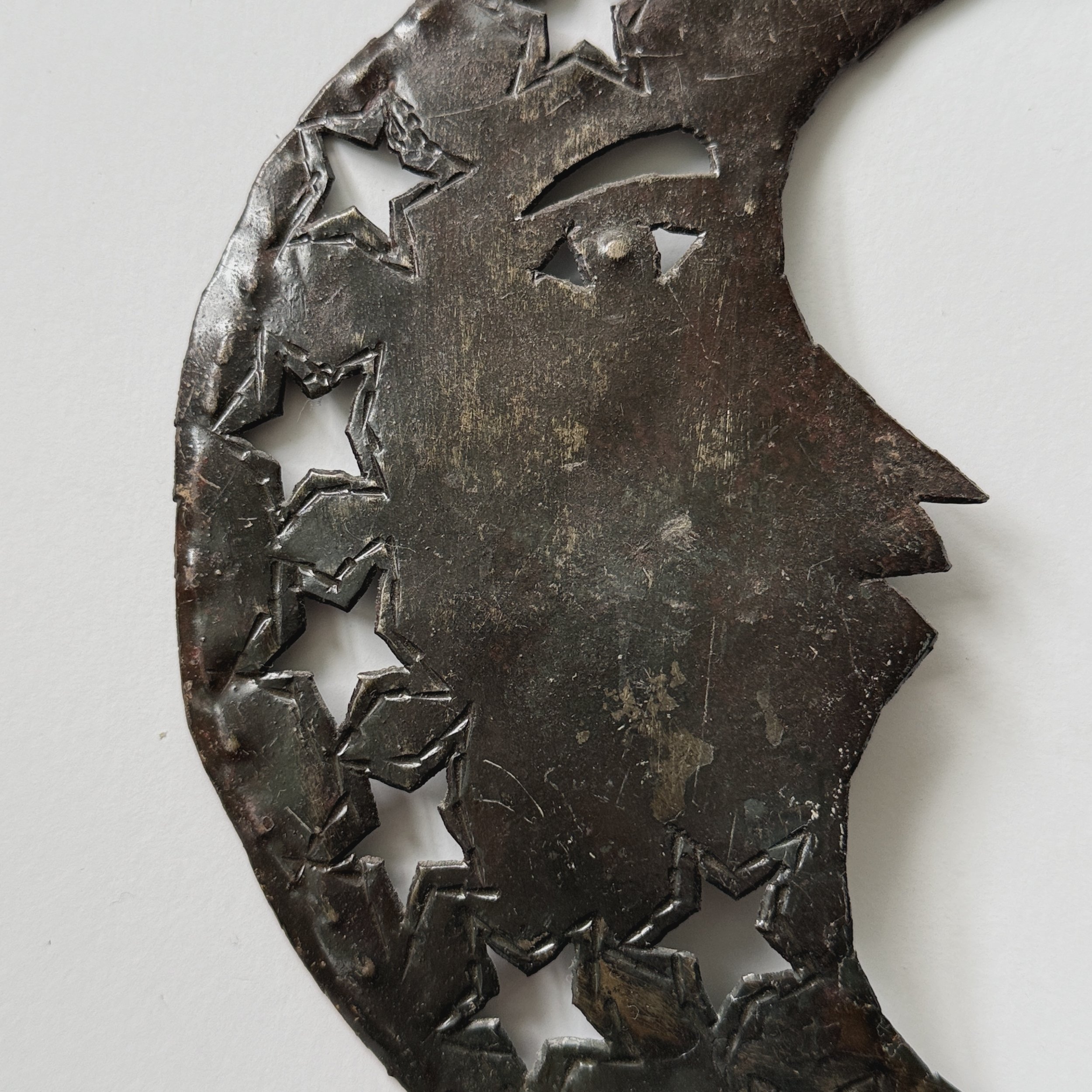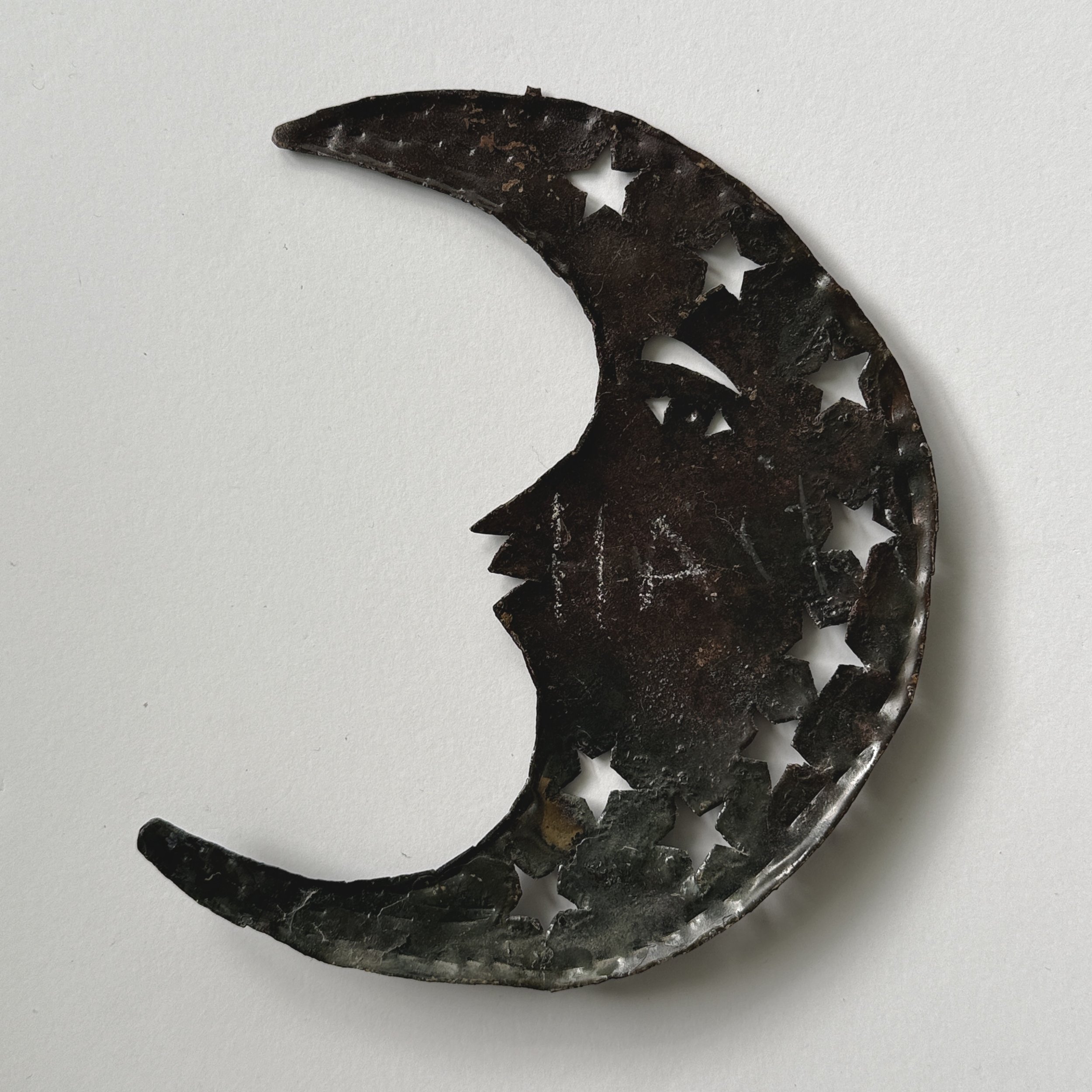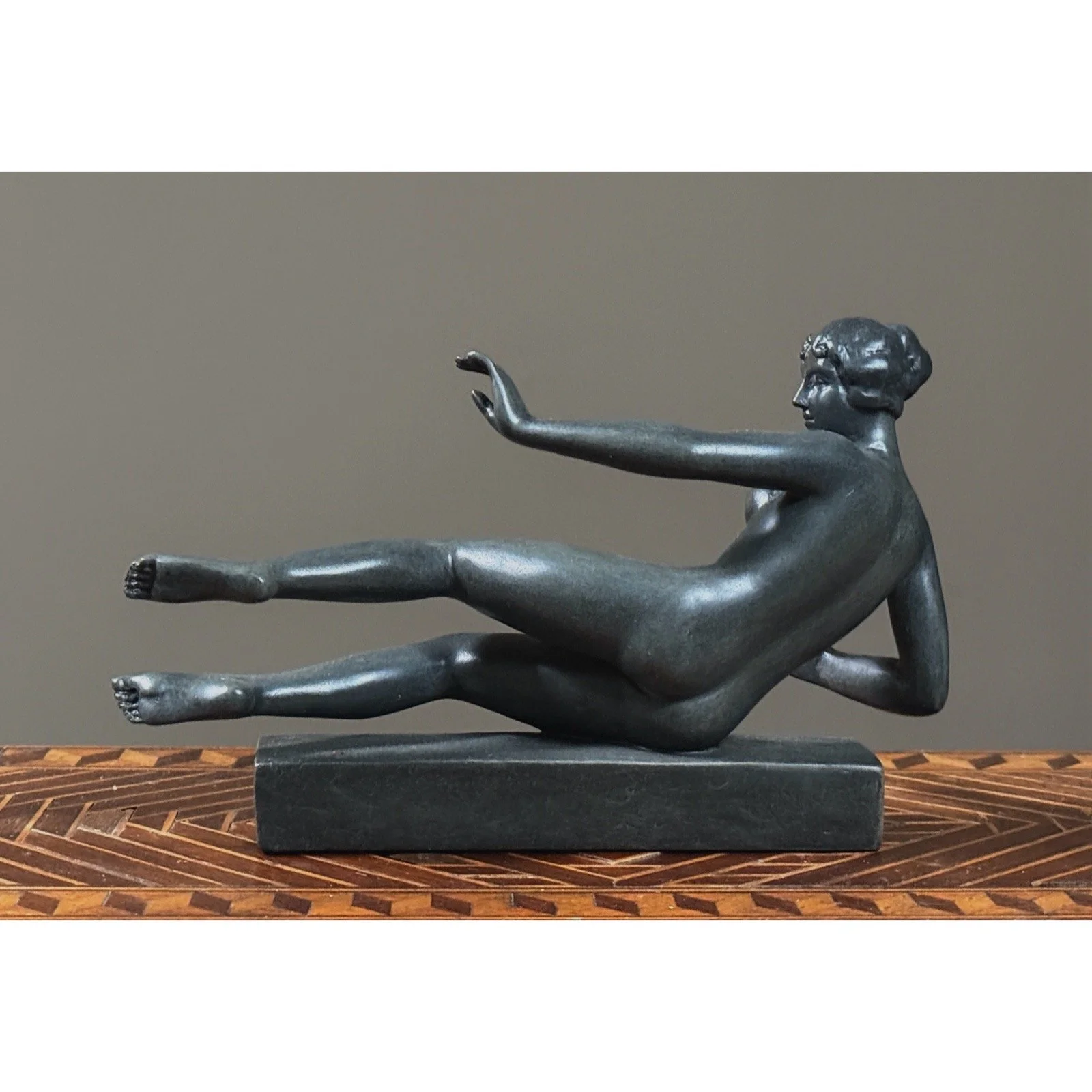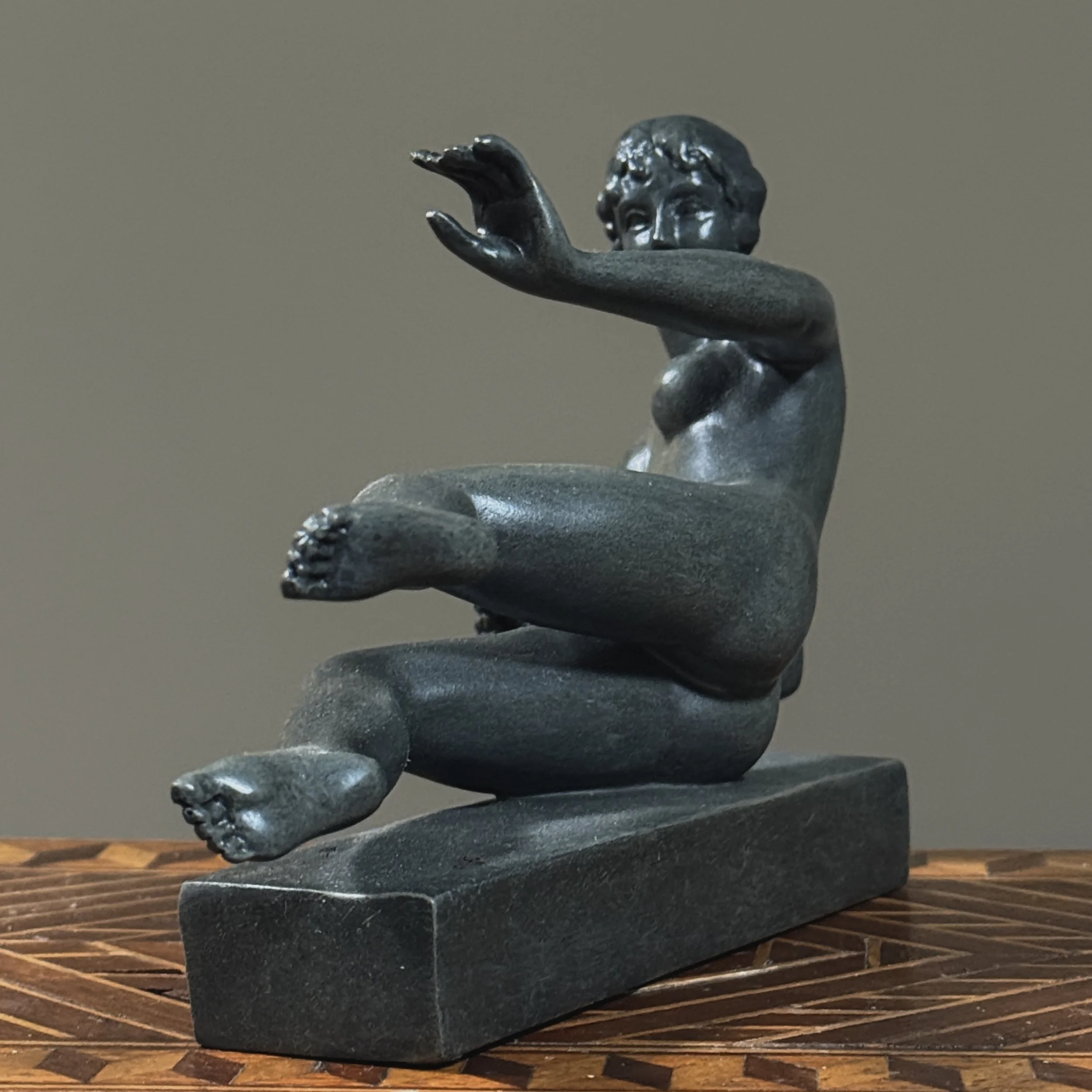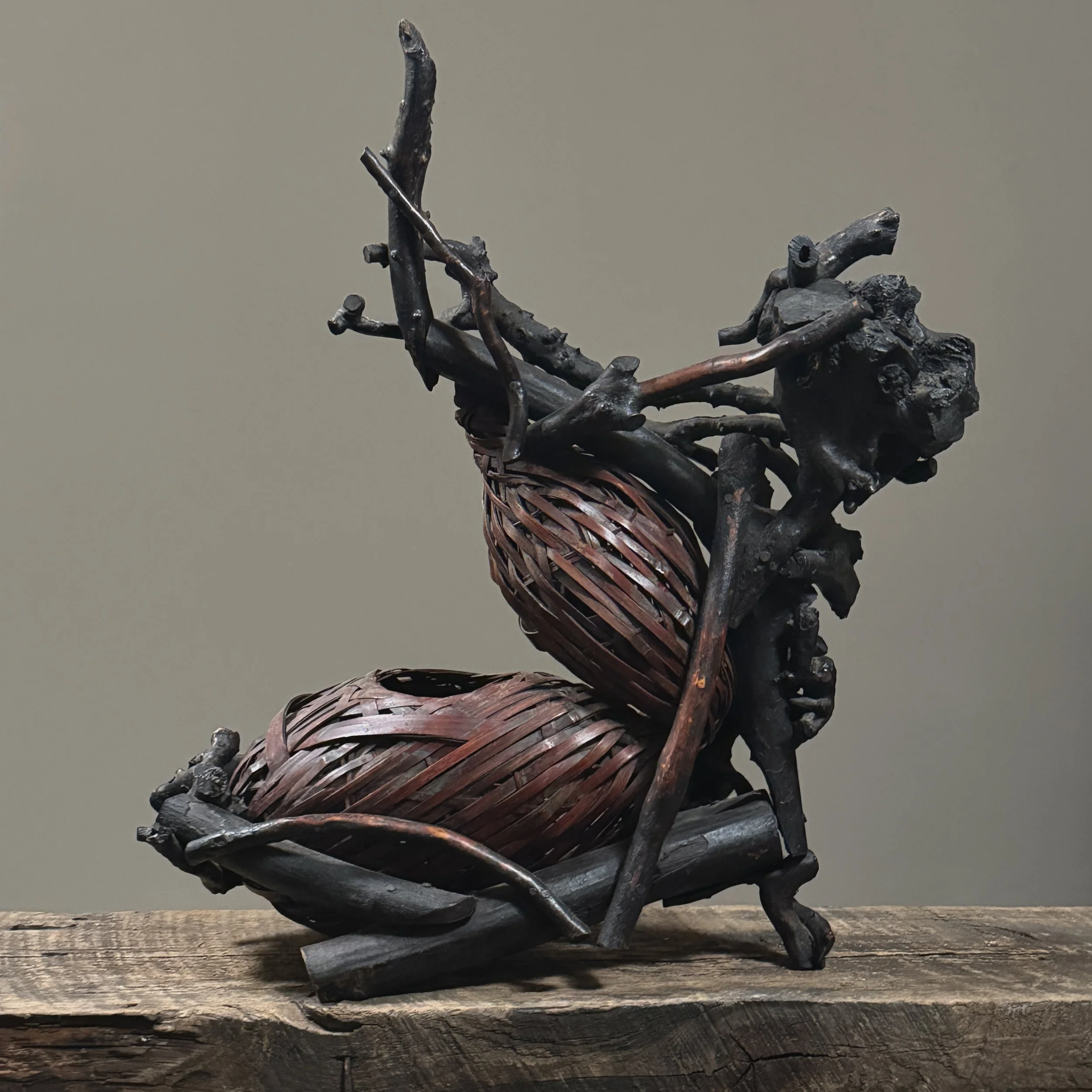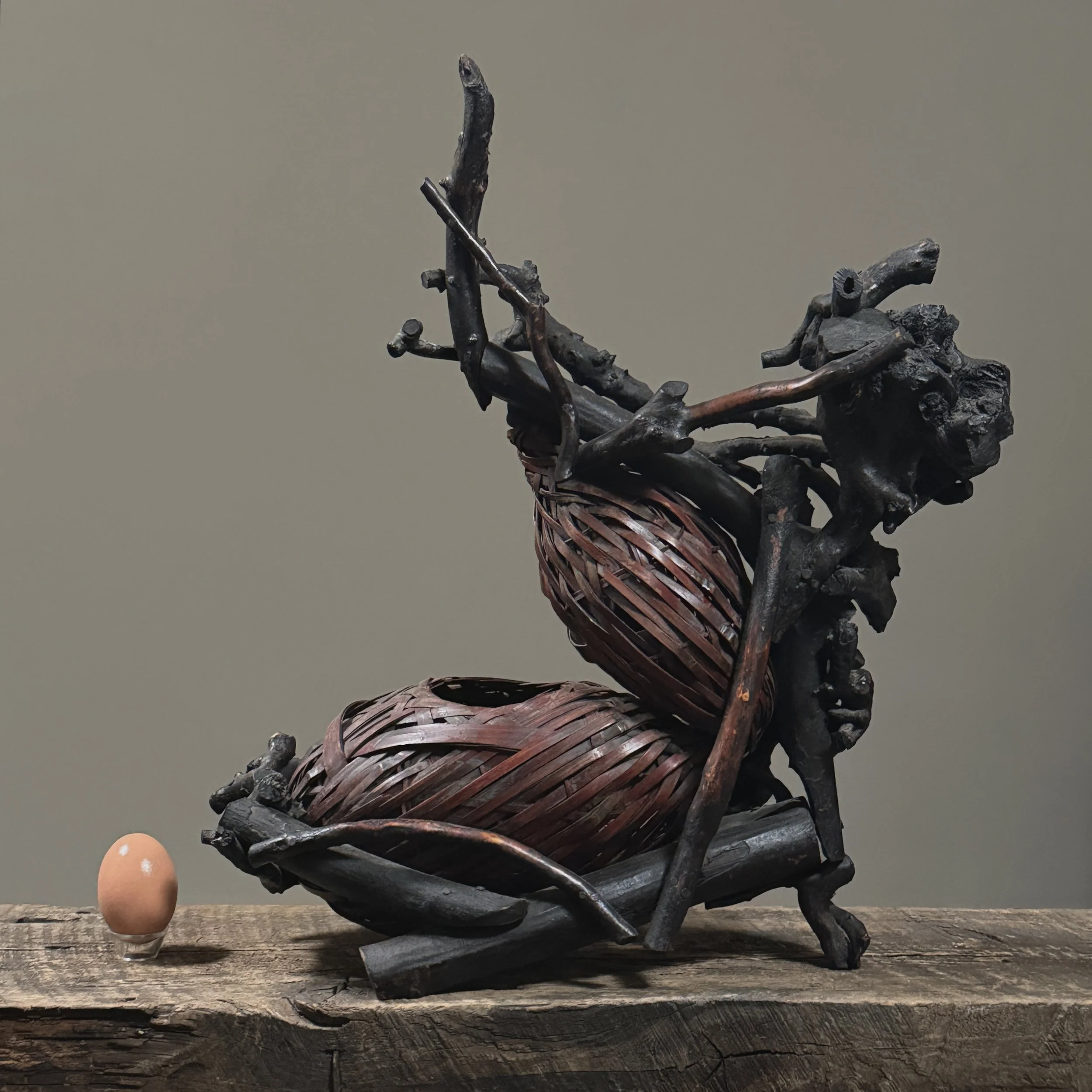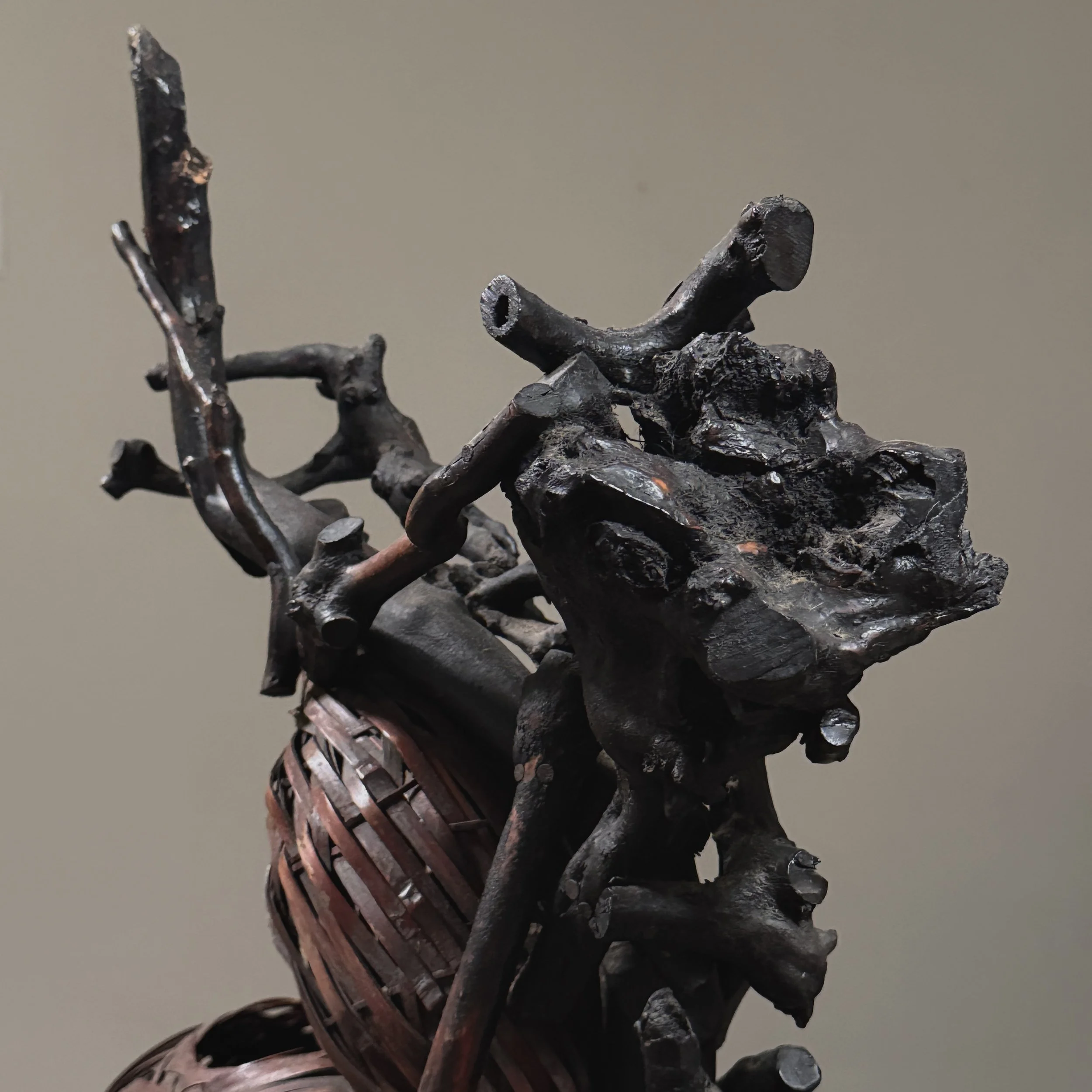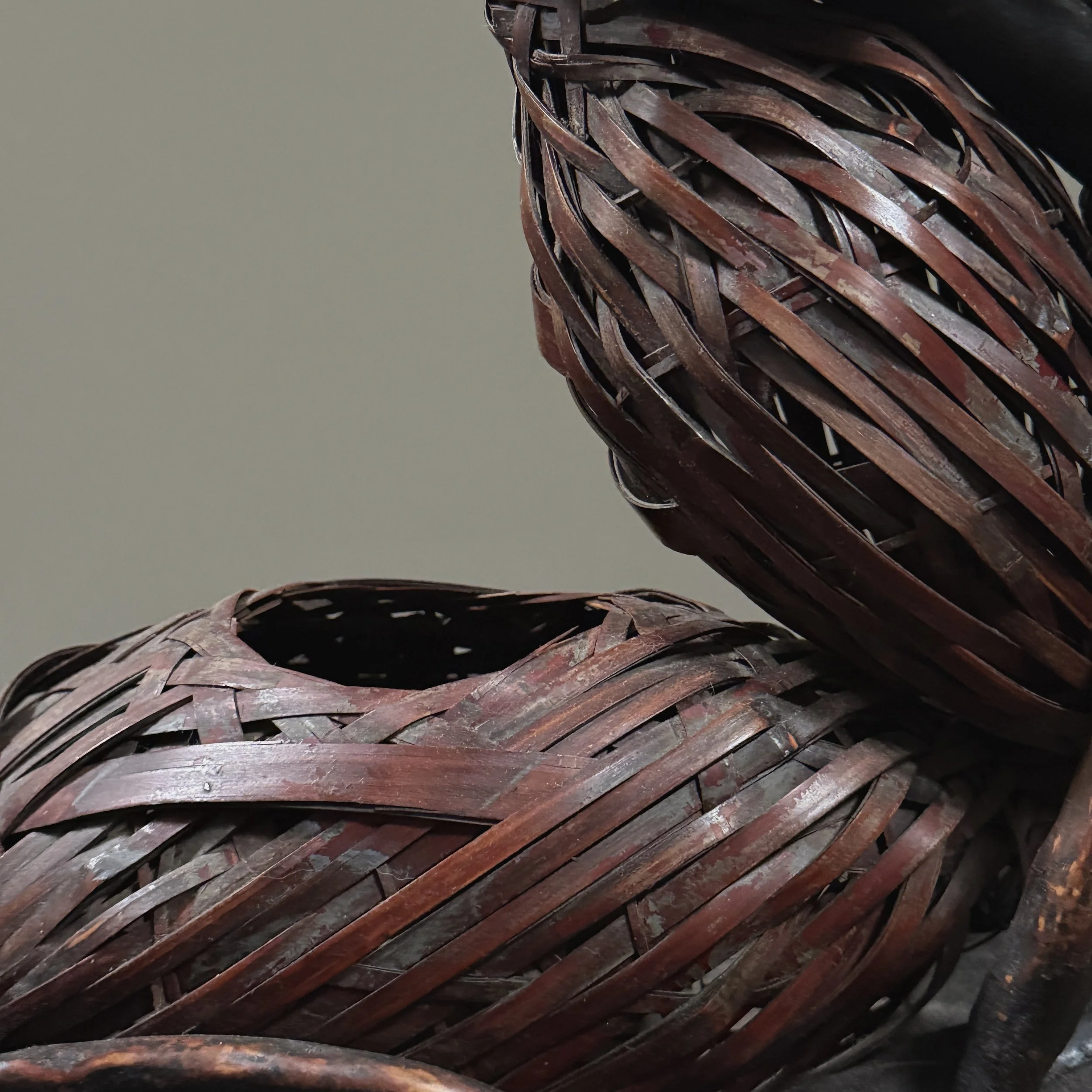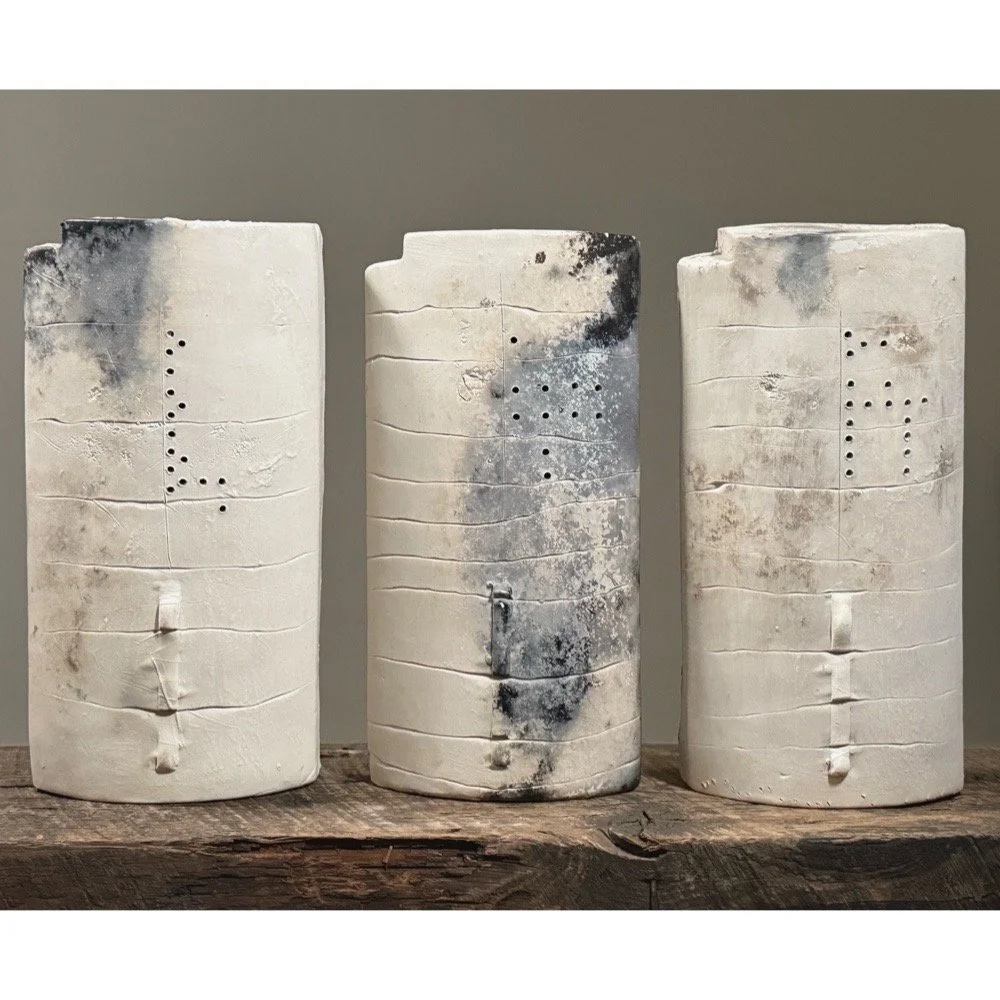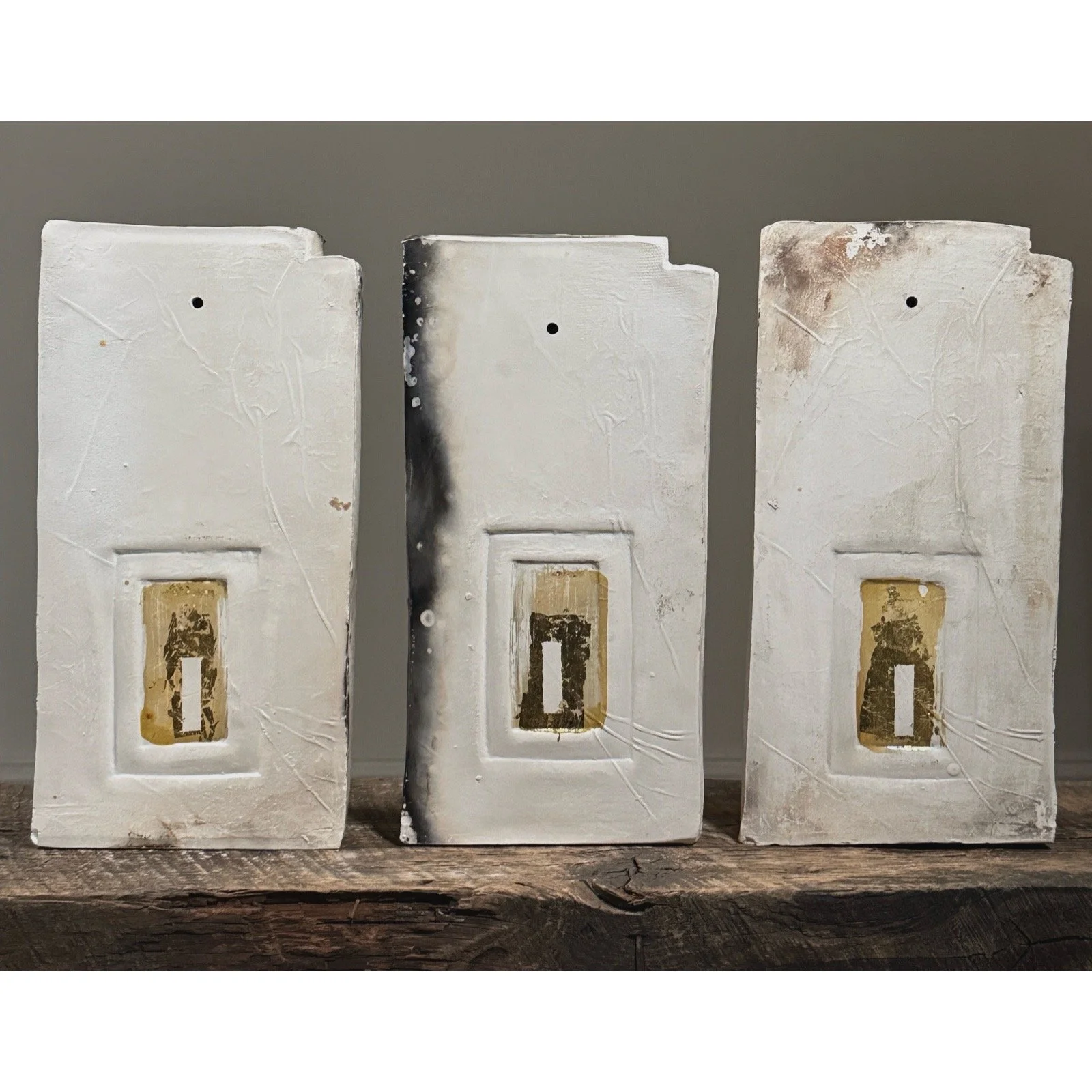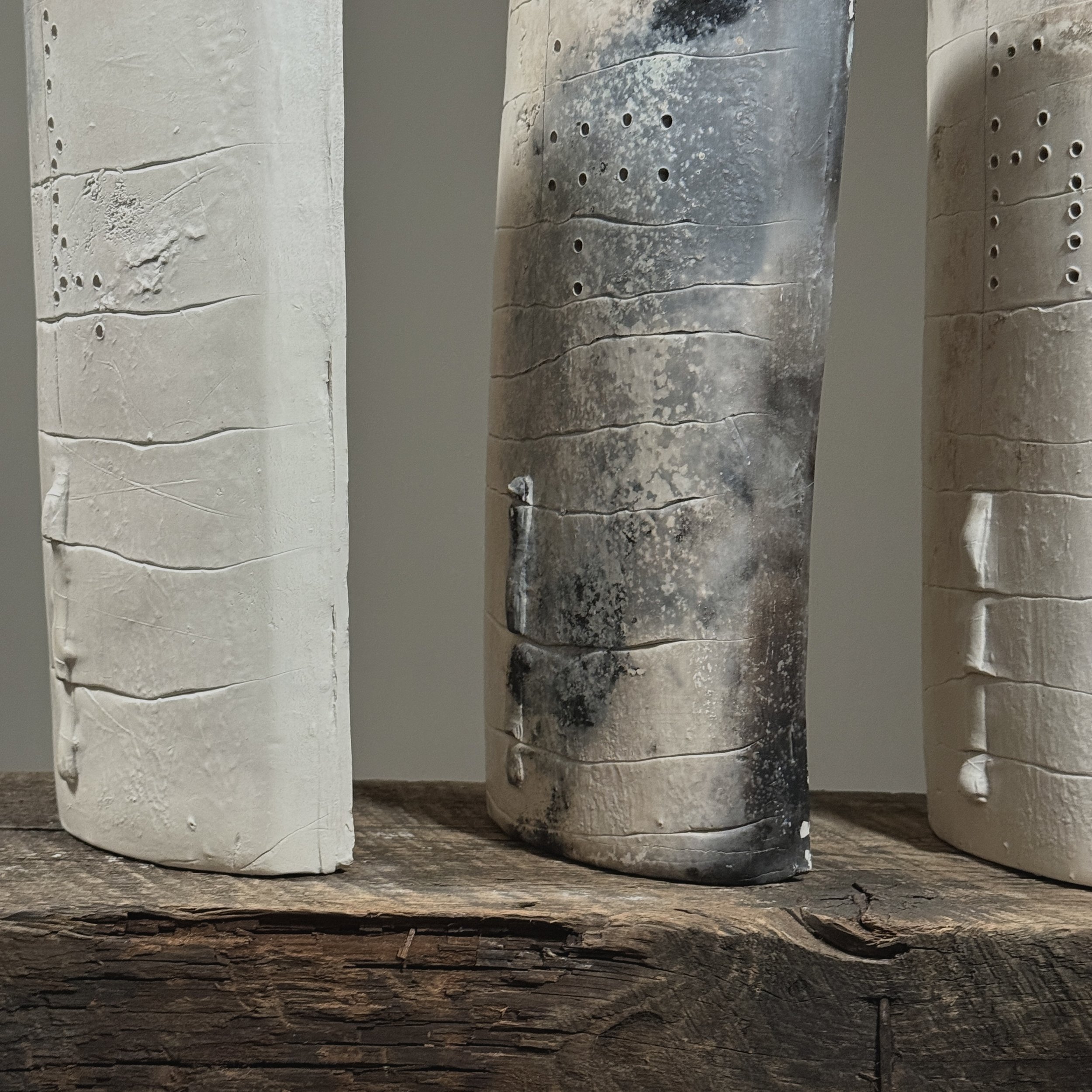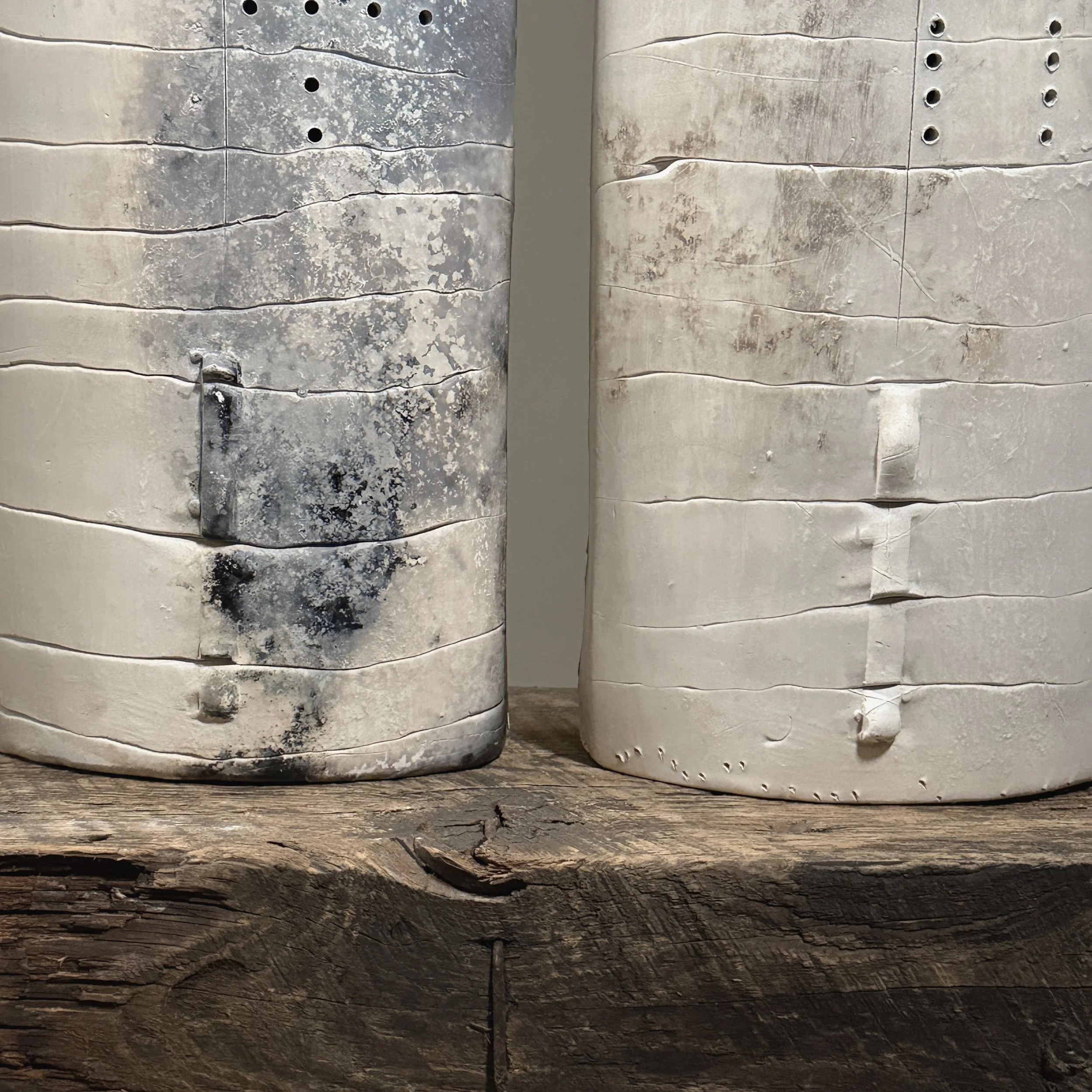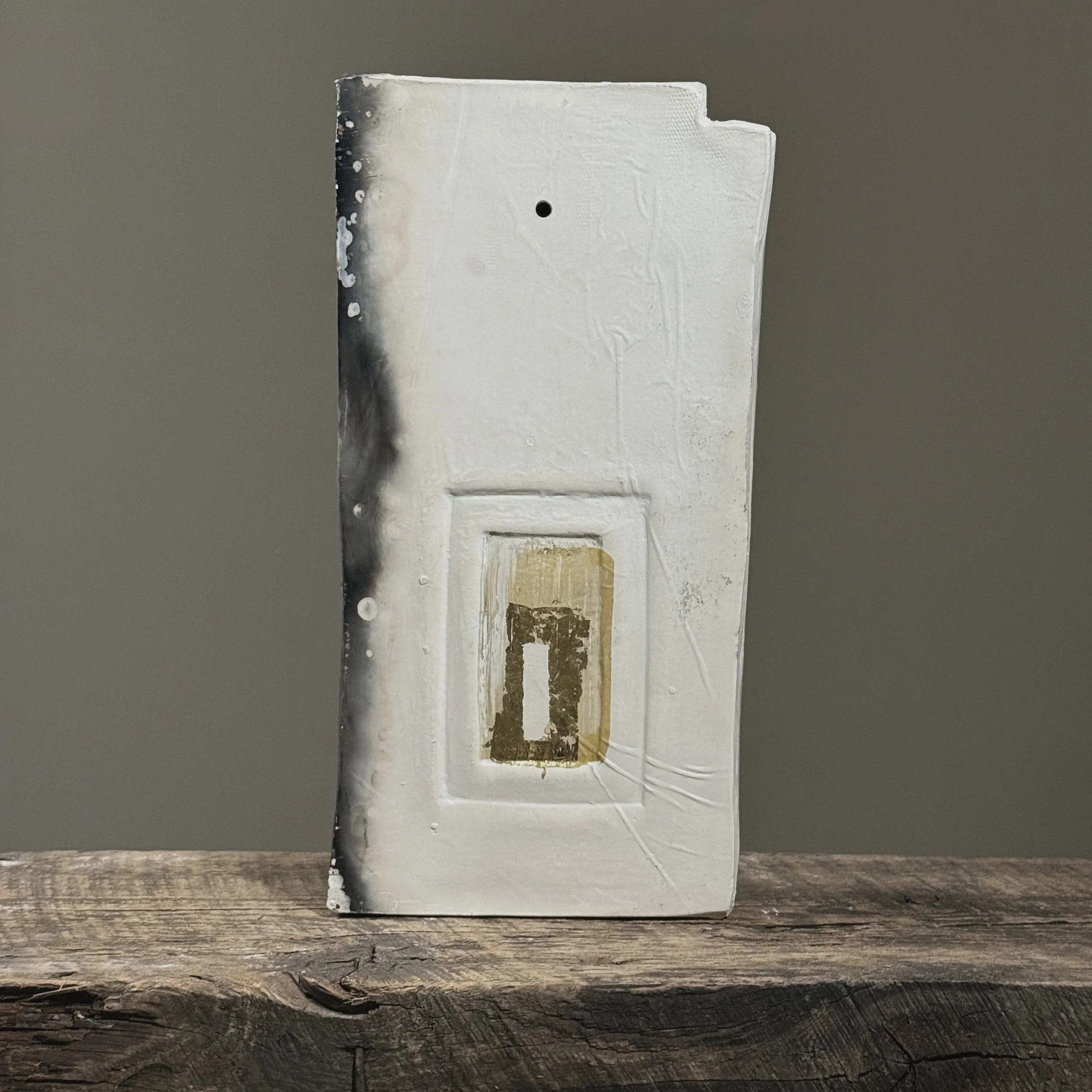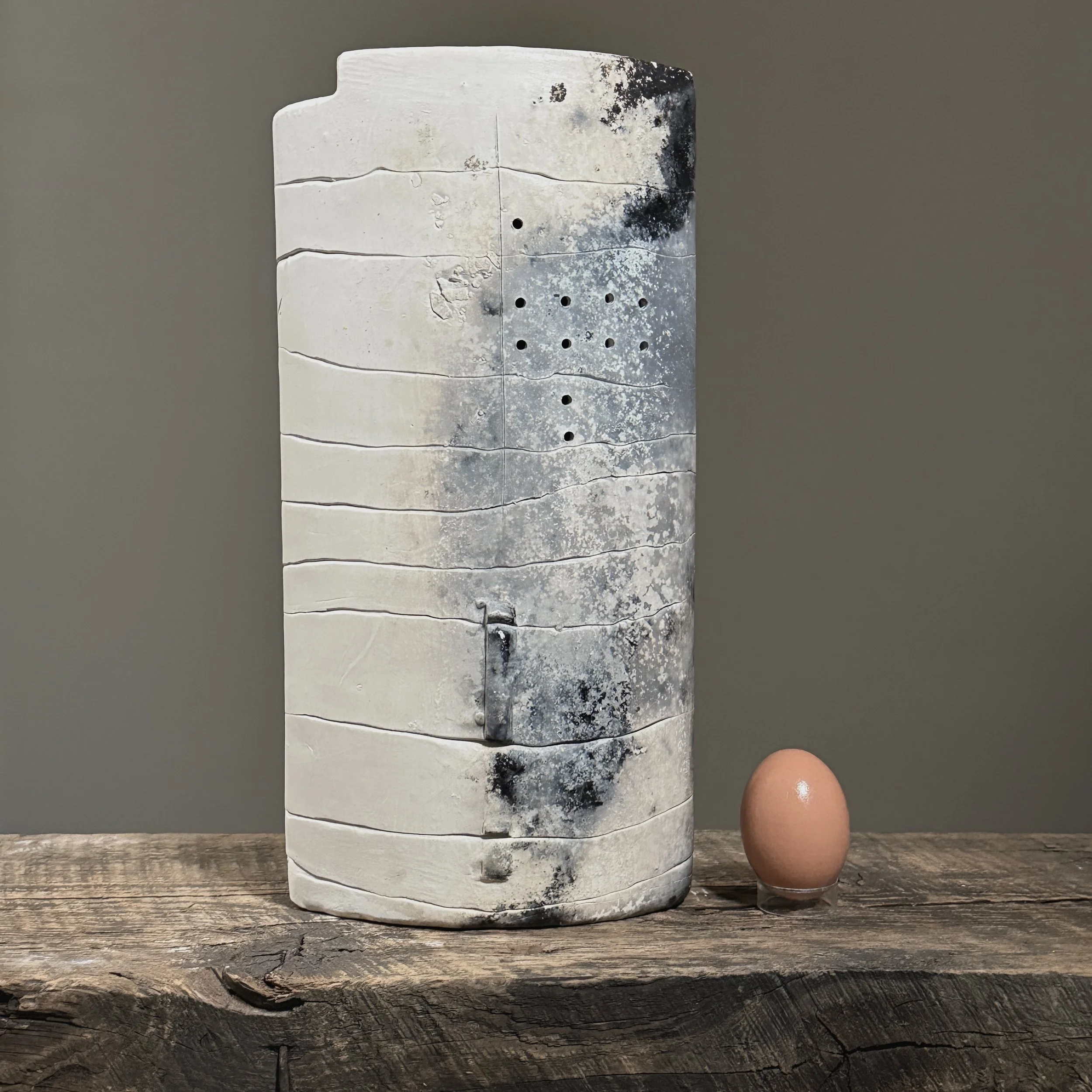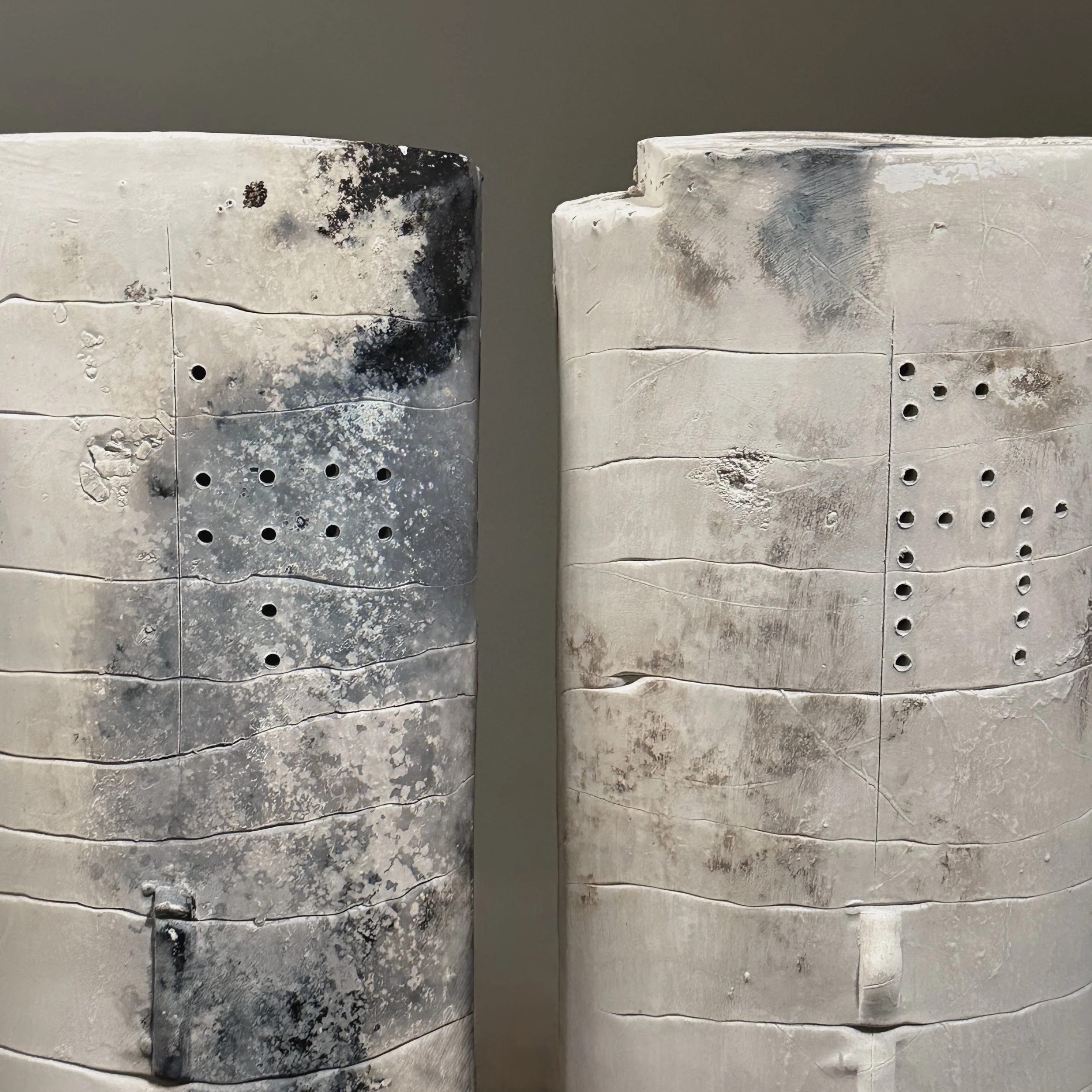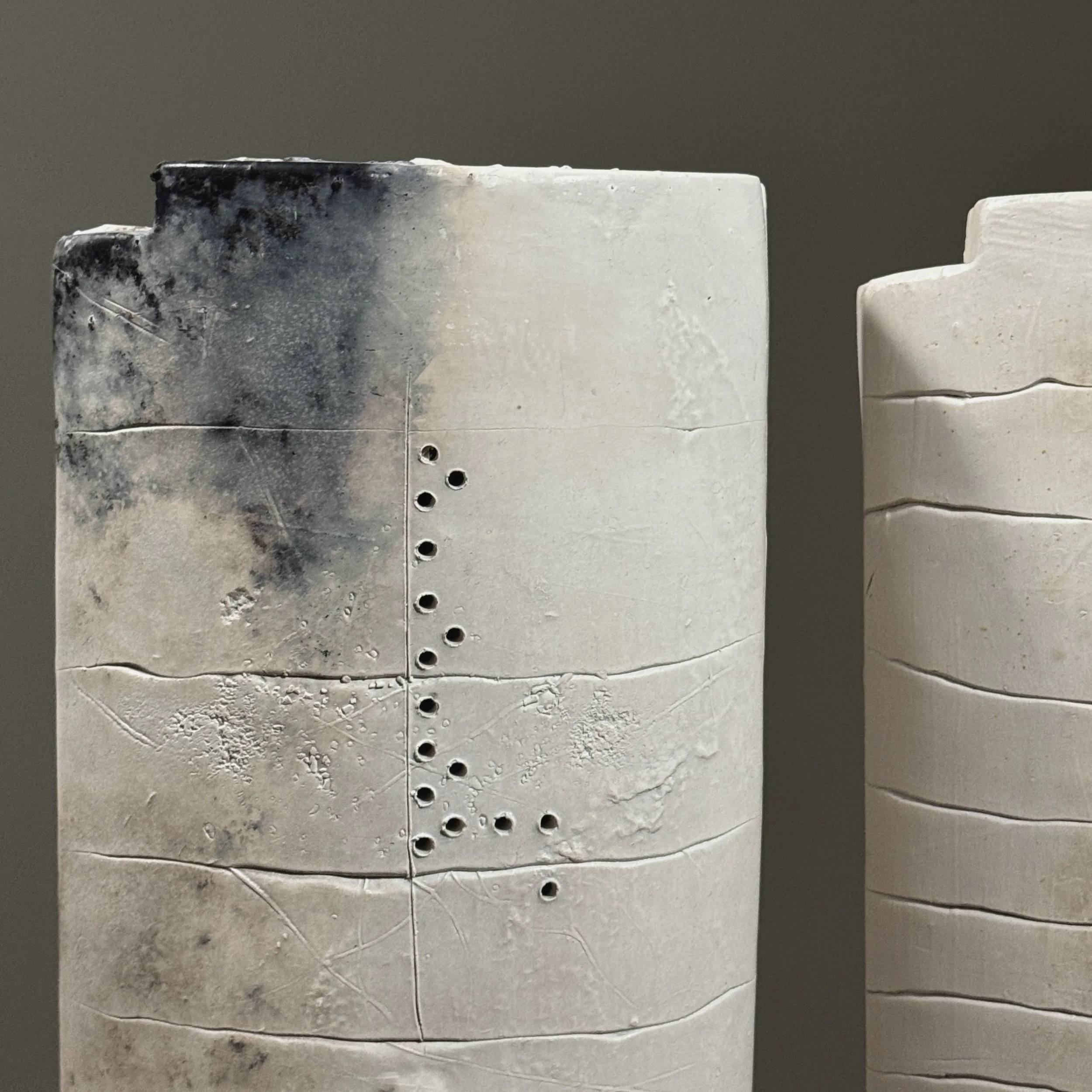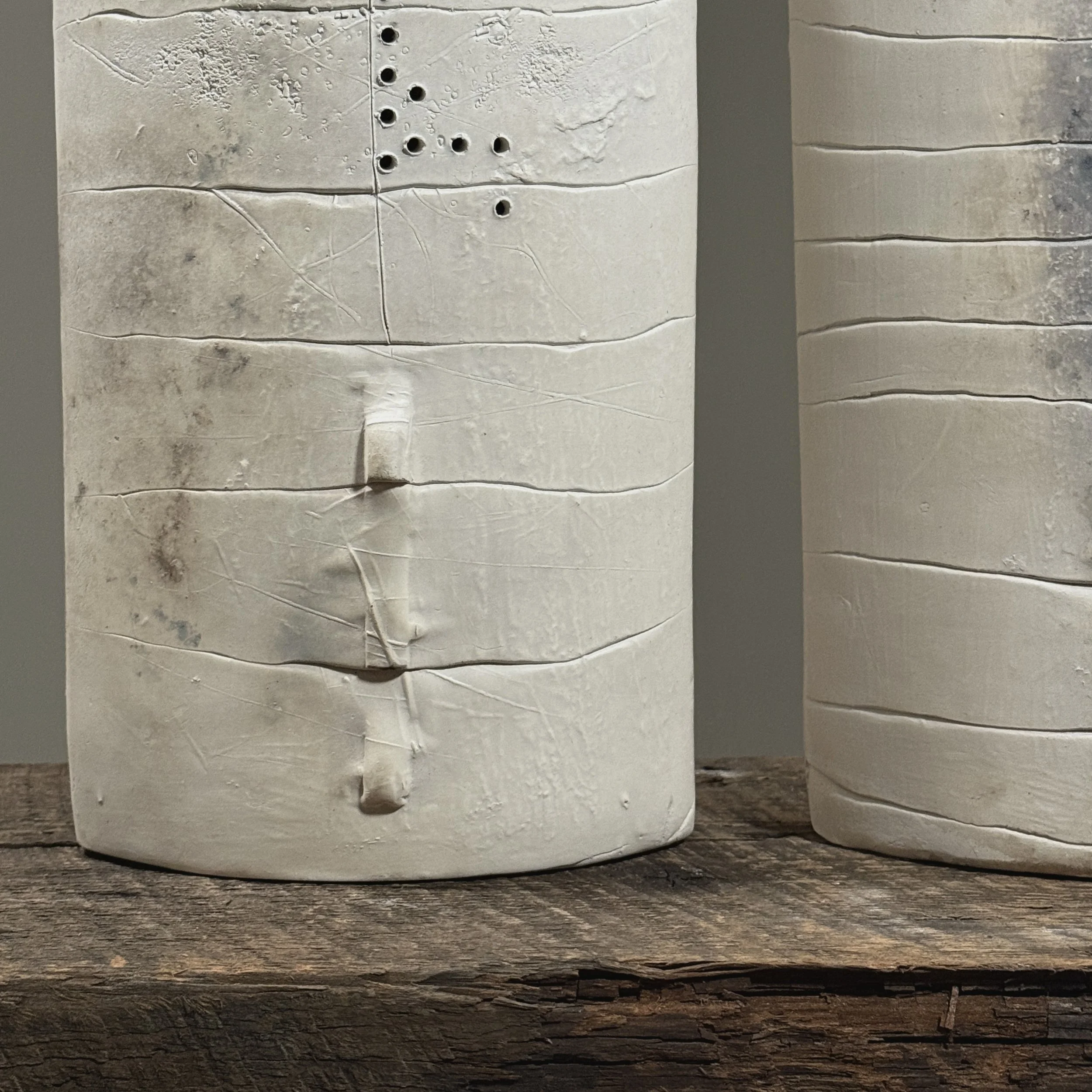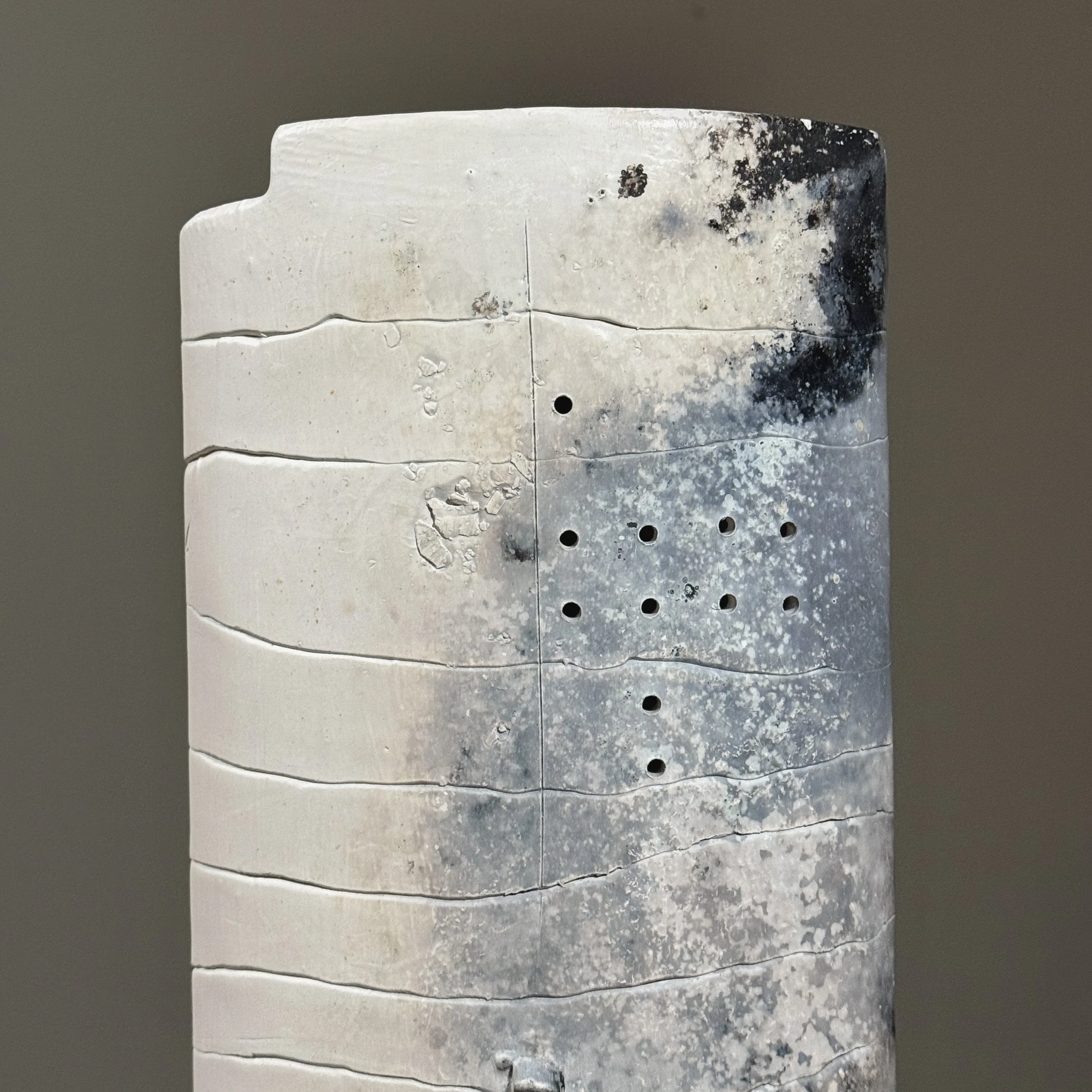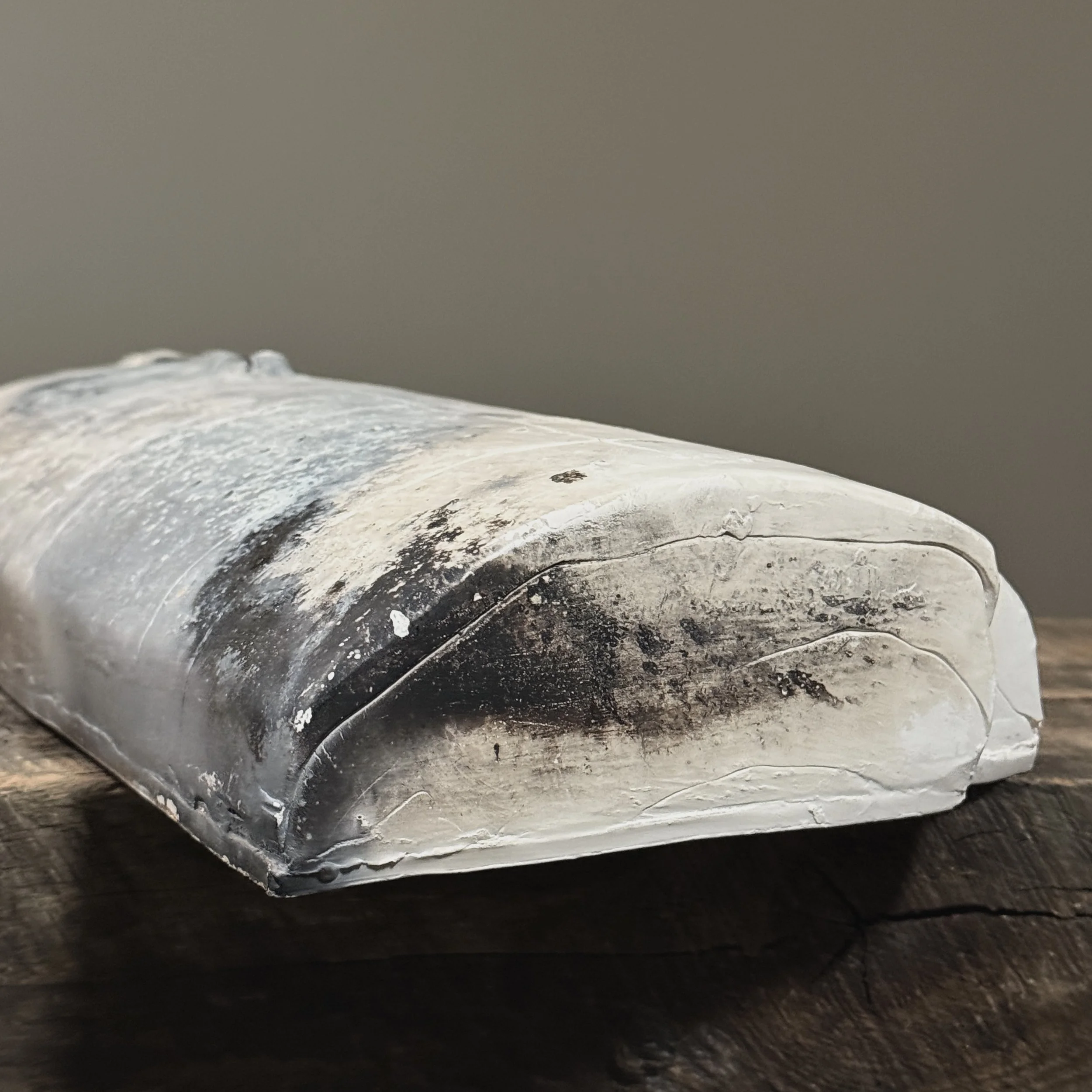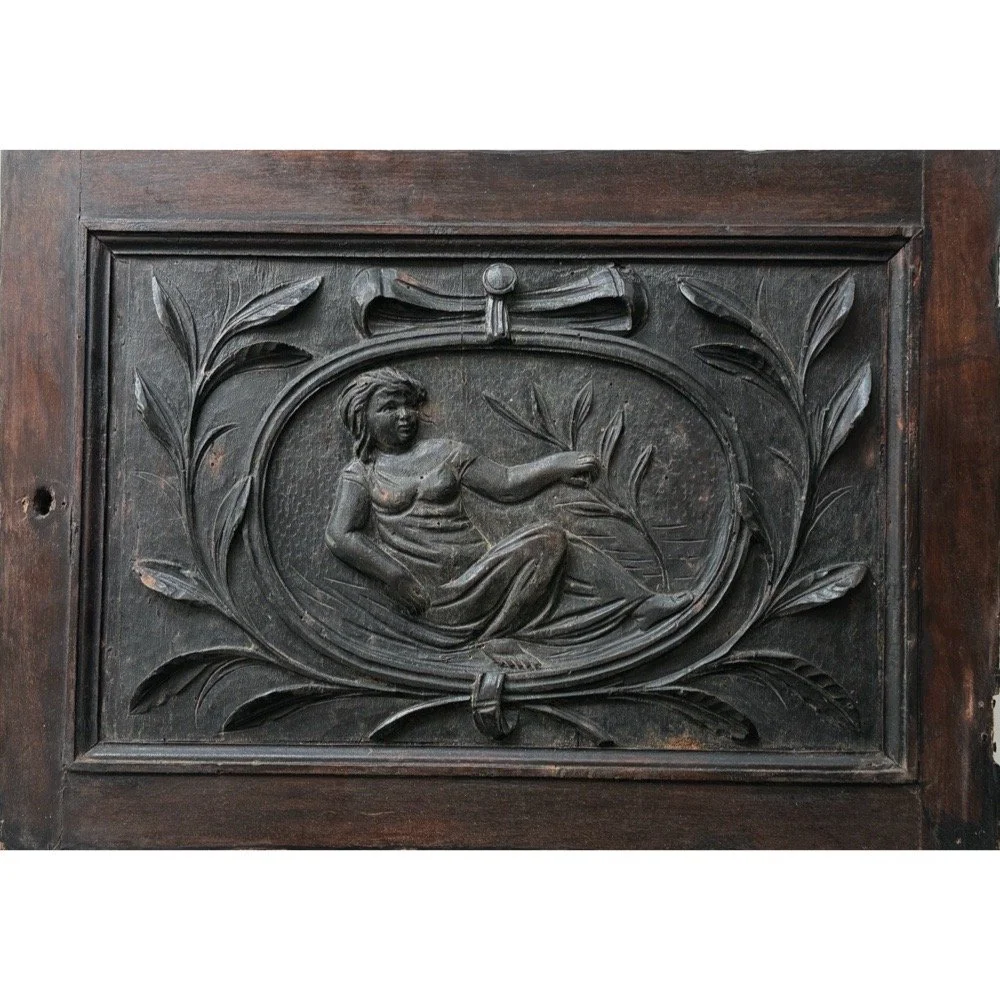 Image 1 of 7
Image 1 of 7

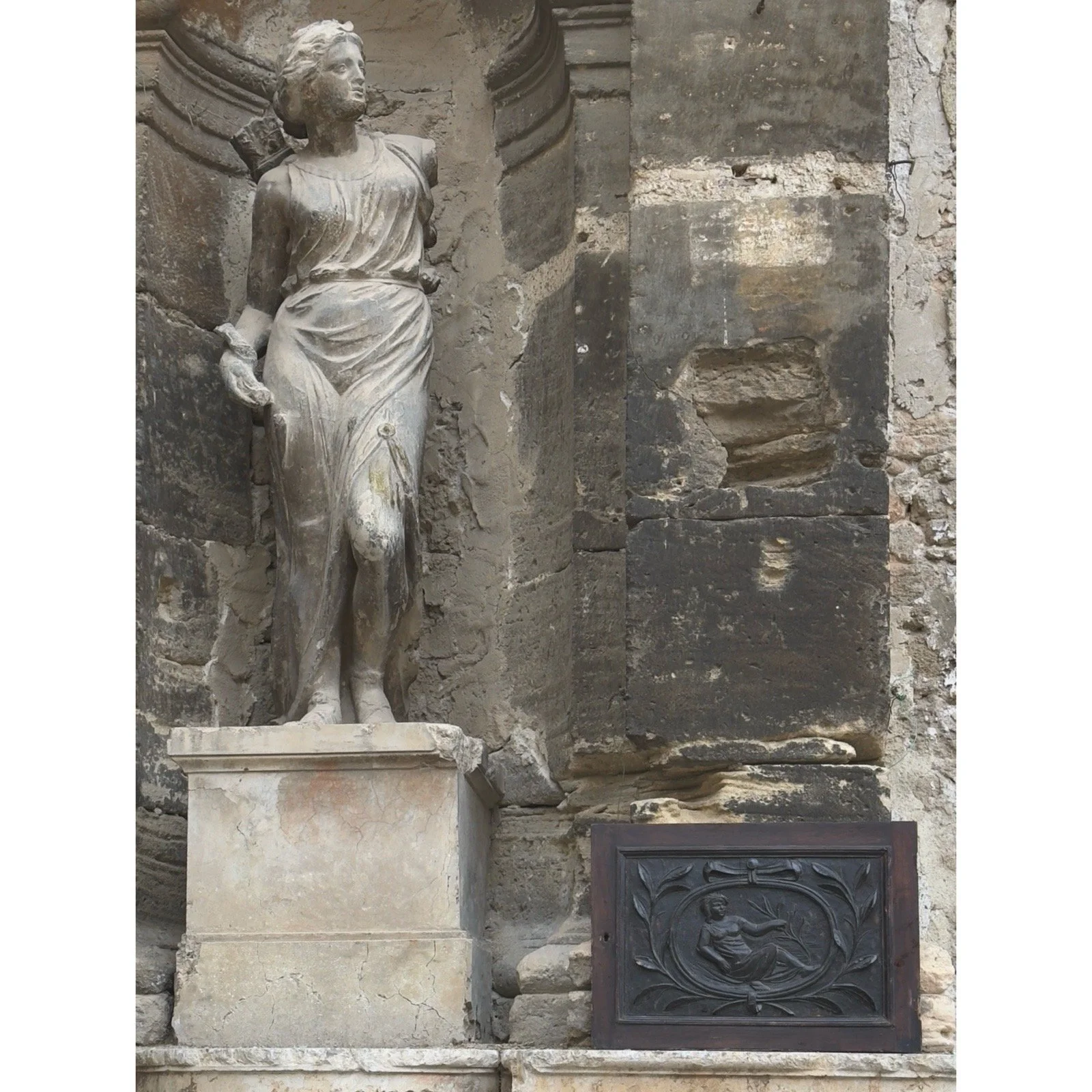 Image 2 of 7
Image 2 of 7

 Image 3 of 7
Image 3 of 7

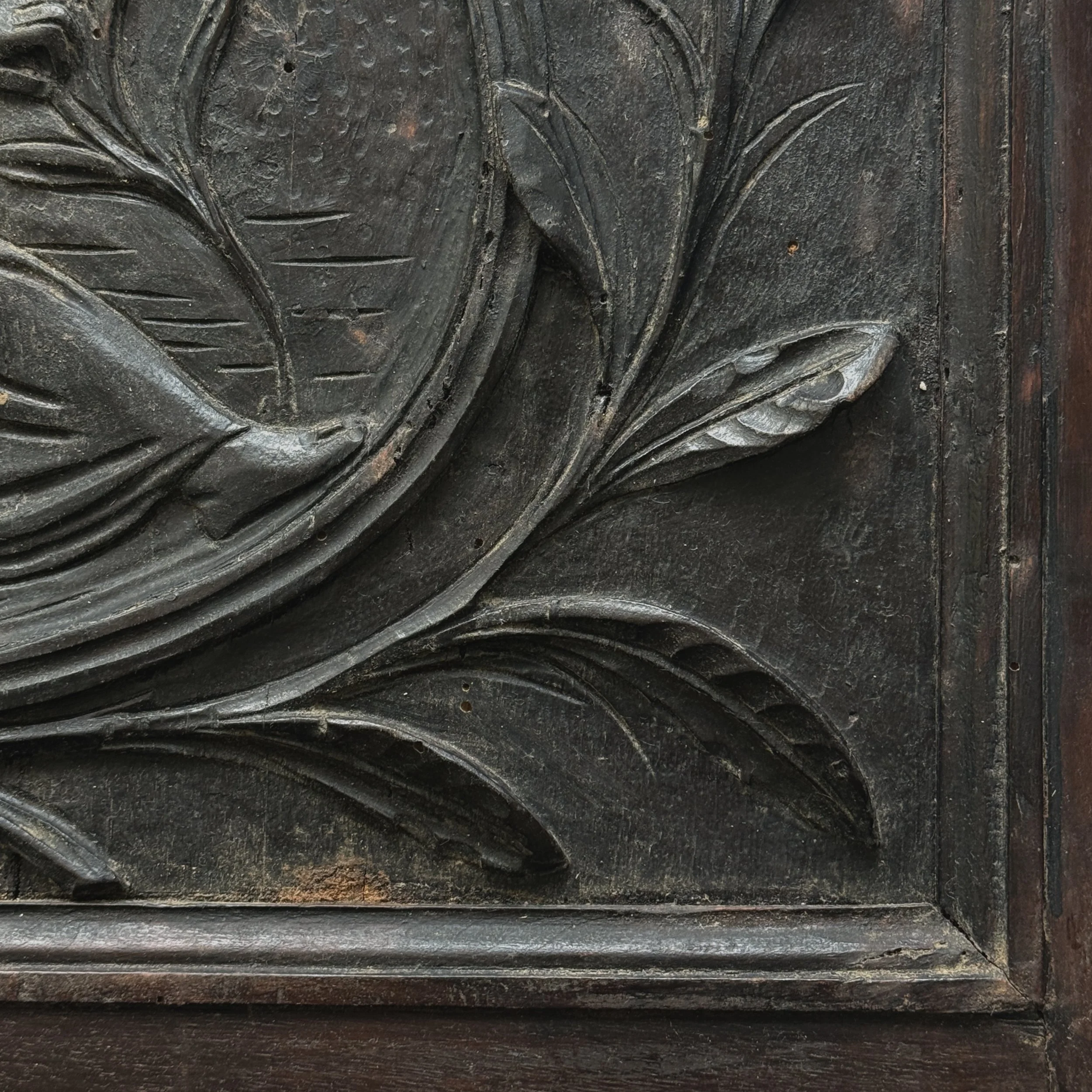 Image 4 of 7
Image 4 of 7

 Image 5 of 7
Image 5 of 7

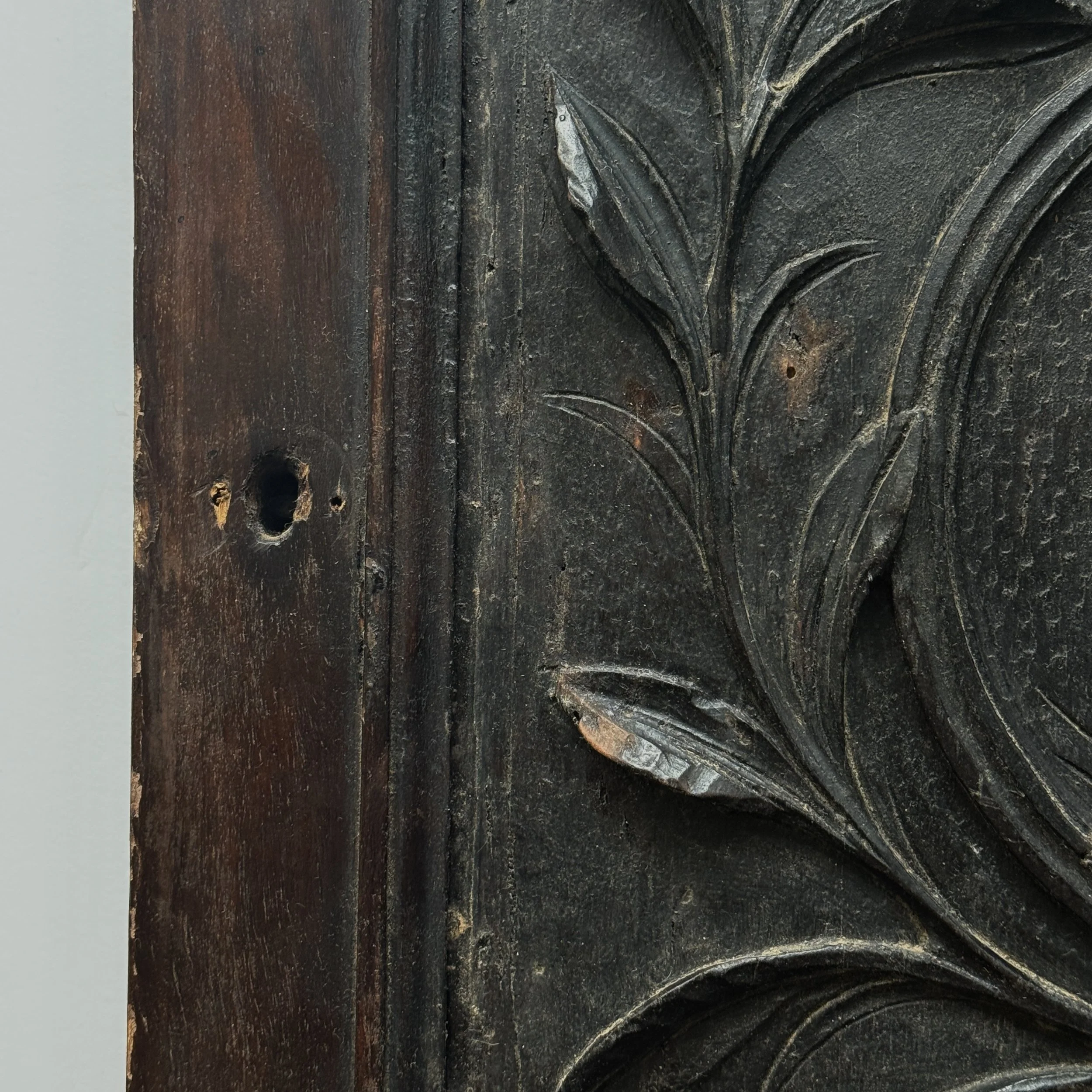 Image 6 of 7
Image 6 of 7

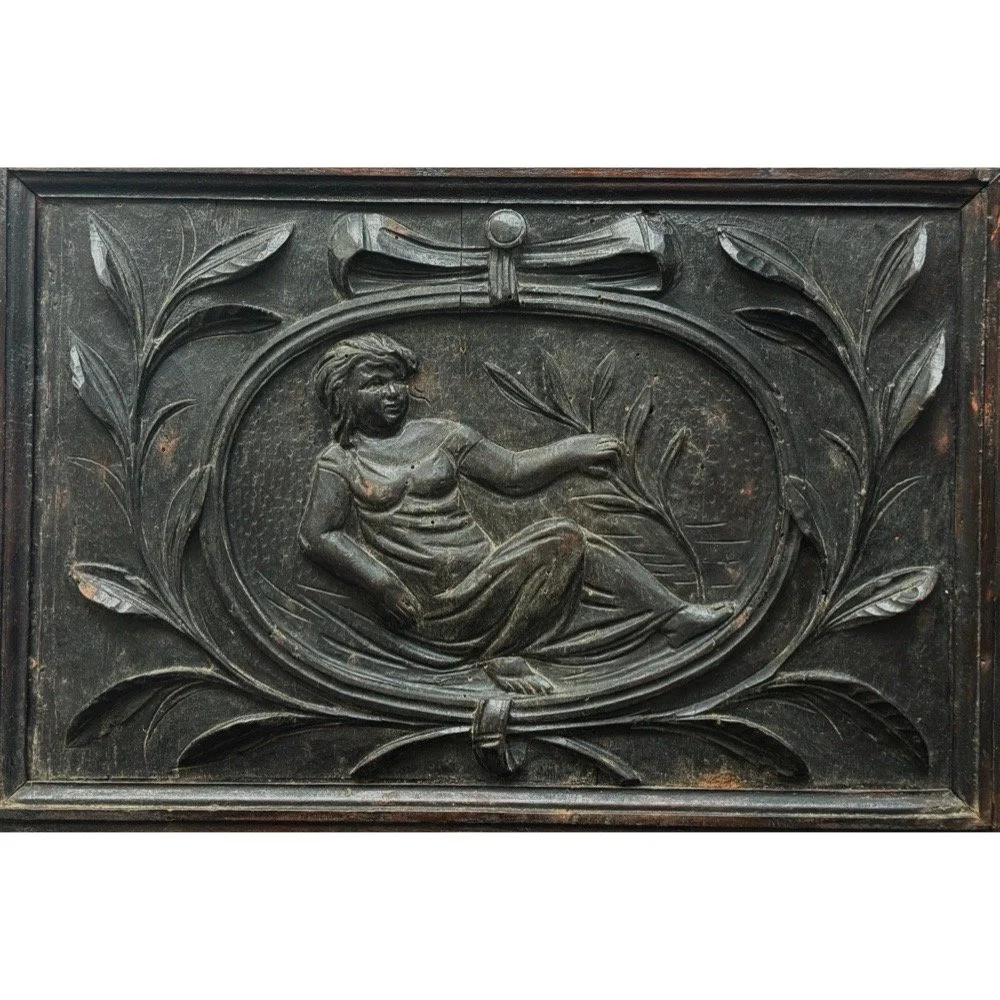 Image 7 of 7
Image 7 of 7








18th-Century Italian Hand-Carved Bas Relief Panel
18th-Century Italian Hand-Carved Bas Relief Panel
Dimensions: 22.75”W x 16.25”H
This 18th-century hand-carved bas relief is a rare fusion of classical figurative representation and naive folk art. The piece features a reclining child, framed by intricate, organic foliage. The figure’s posture and soft, naturalistic detailing evoke the classical traditions of Renaissance and Baroque sculpture, while the slightly unpolished execution—suggests the influence of local, vernacular artistry.
Carved from dark-hued wood, the relief reflects the material and aesthetic preferences of 18th-century Italy. Likely originating as part of a cabinet or architectural panel, the verso reveals an original lock mechanism and notches for hinges, adding to the historical narrative of the piece. The juxtaposition of refined form and naive technique suggests the work was created by an artisan navigating between classical artistic conventions and the simpler, more intuitive expressions of regional folk art.
The piece’s authenticity is underscored by its well-preserved condition, with typical wear and age contributing to its historical value. Please consult the detailed photographs for a closer look at its features.
Provenance:
Previously held in the collection of a notable art collector from Palermo, Italy.
18th-Century Italian Hand-Carved Bas Relief Panel
Dimensions: 22.75”W x 16.25”H
This 18th-century hand-carved bas relief is a rare fusion of classical figurative representation and naive folk art. The piece features a reclining child, framed by intricate, organic foliage. The figure’s posture and soft, naturalistic detailing evoke the classical traditions of Renaissance and Baroque sculpture, while the slightly unpolished execution—suggests the influence of local, vernacular artistry.
Carved from dark-hued wood, the relief reflects the material and aesthetic preferences of 18th-century Italy. Likely originating as part of a cabinet or architectural panel, the verso reveals an original lock mechanism and notches for hinges, adding to the historical narrative of the piece. The juxtaposition of refined form and naive technique suggests the work was created by an artisan navigating between classical artistic conventions and the simpler, more intuitive expressions of regional folk art.
The piece’s authenticity is underscored by its well-preserved condition, with typical wear and age contributing to its historical value. Please consult the detailed photographs for a closer look at its features.
Provenance:
Previously held in the collection of a notable art collector from Palermo, Italy.

